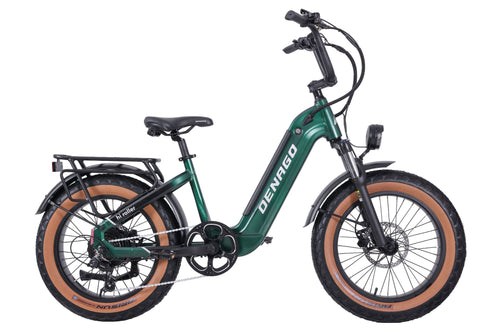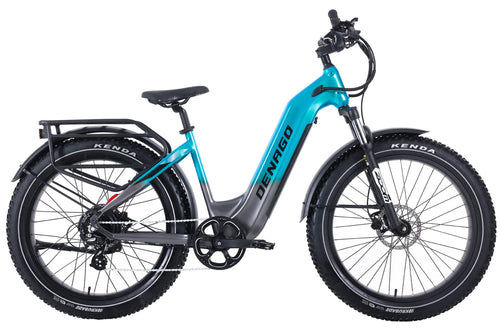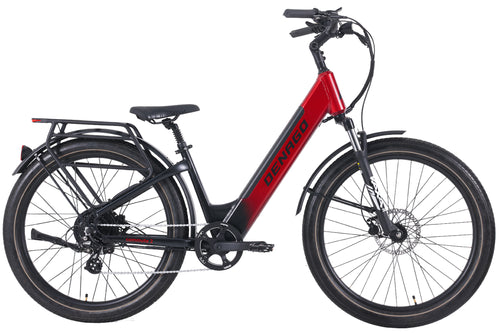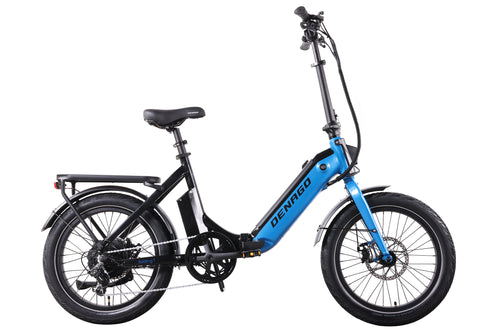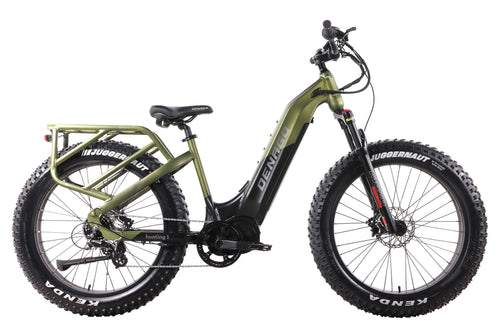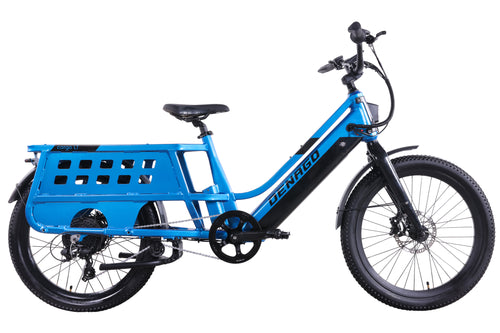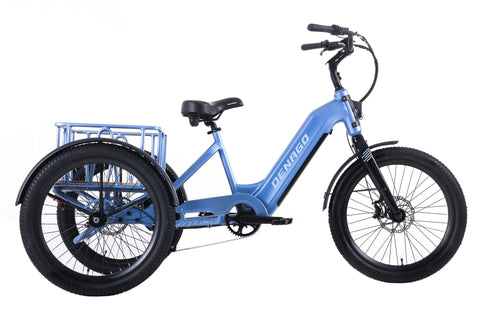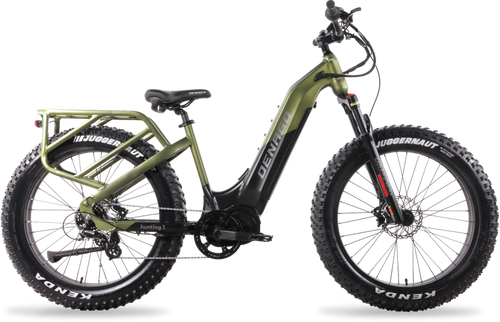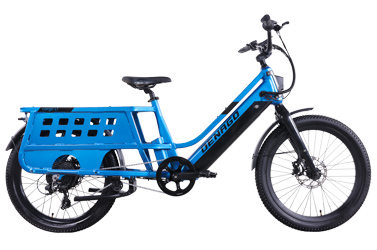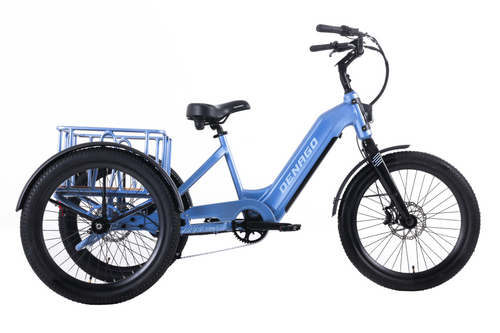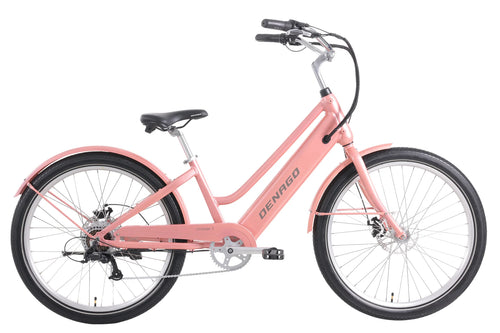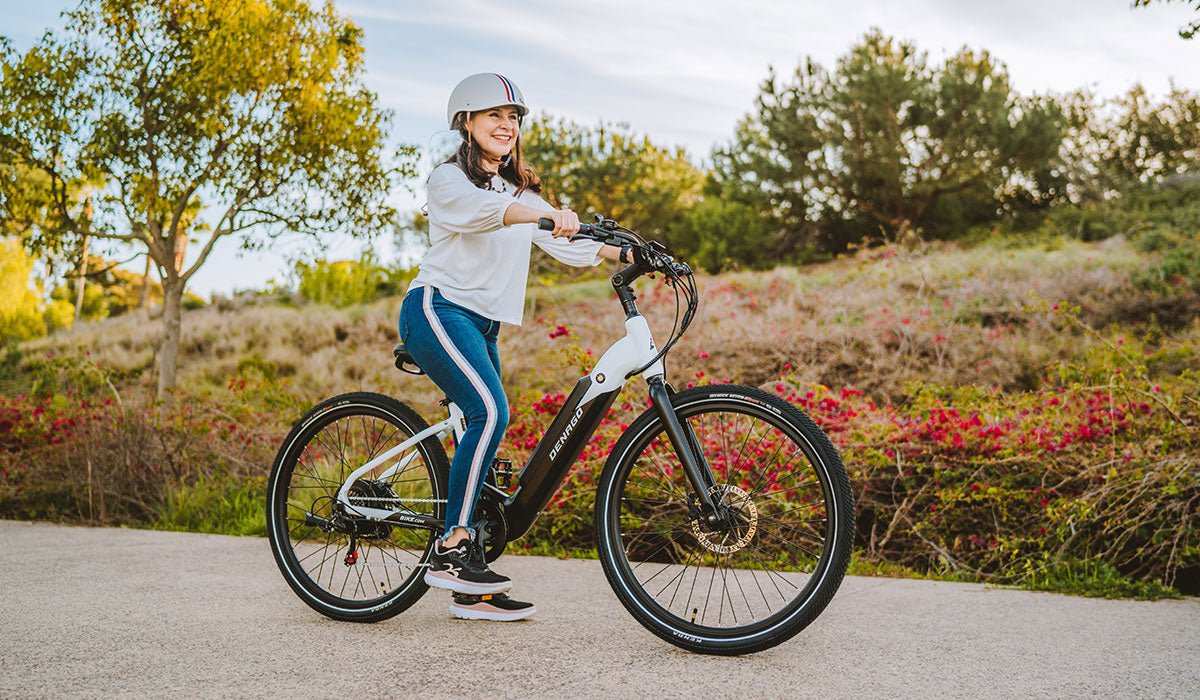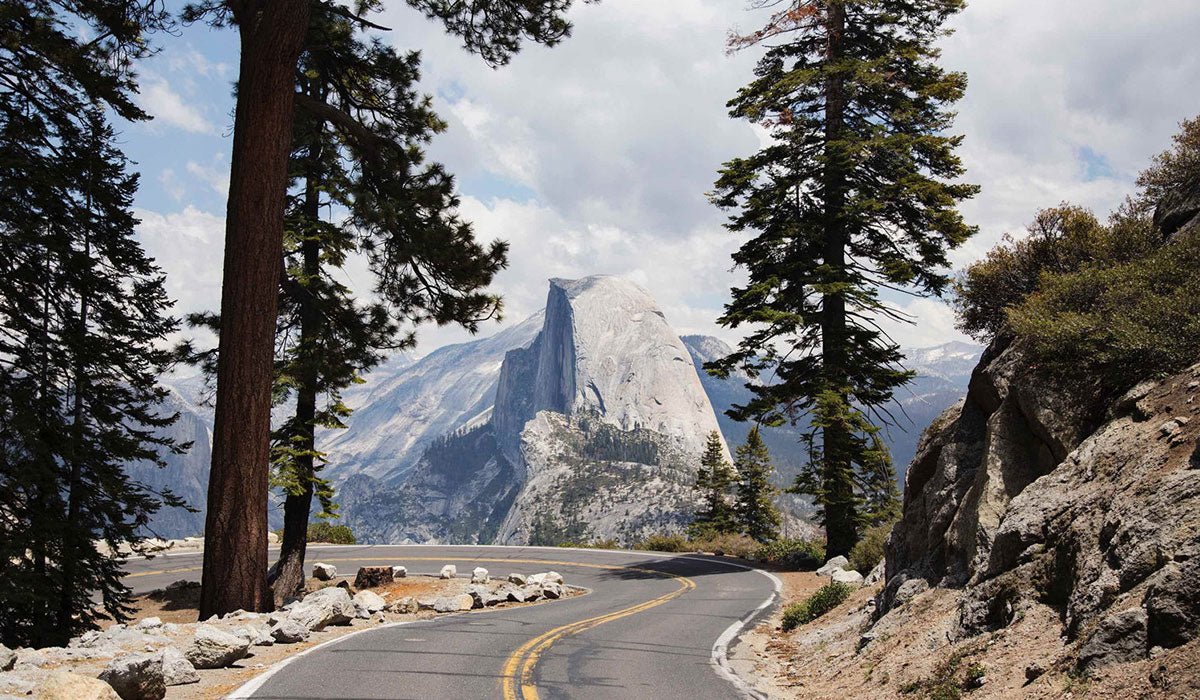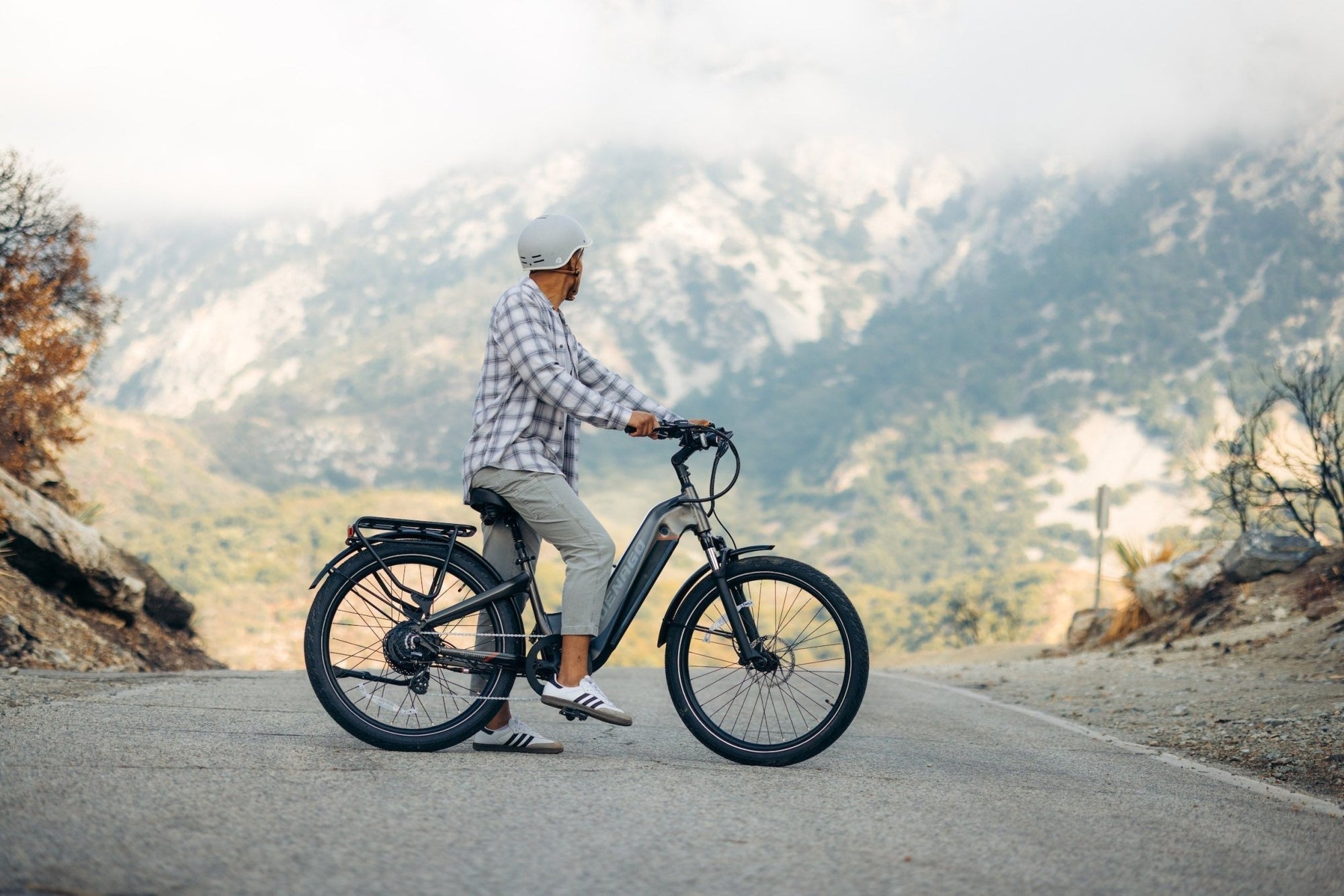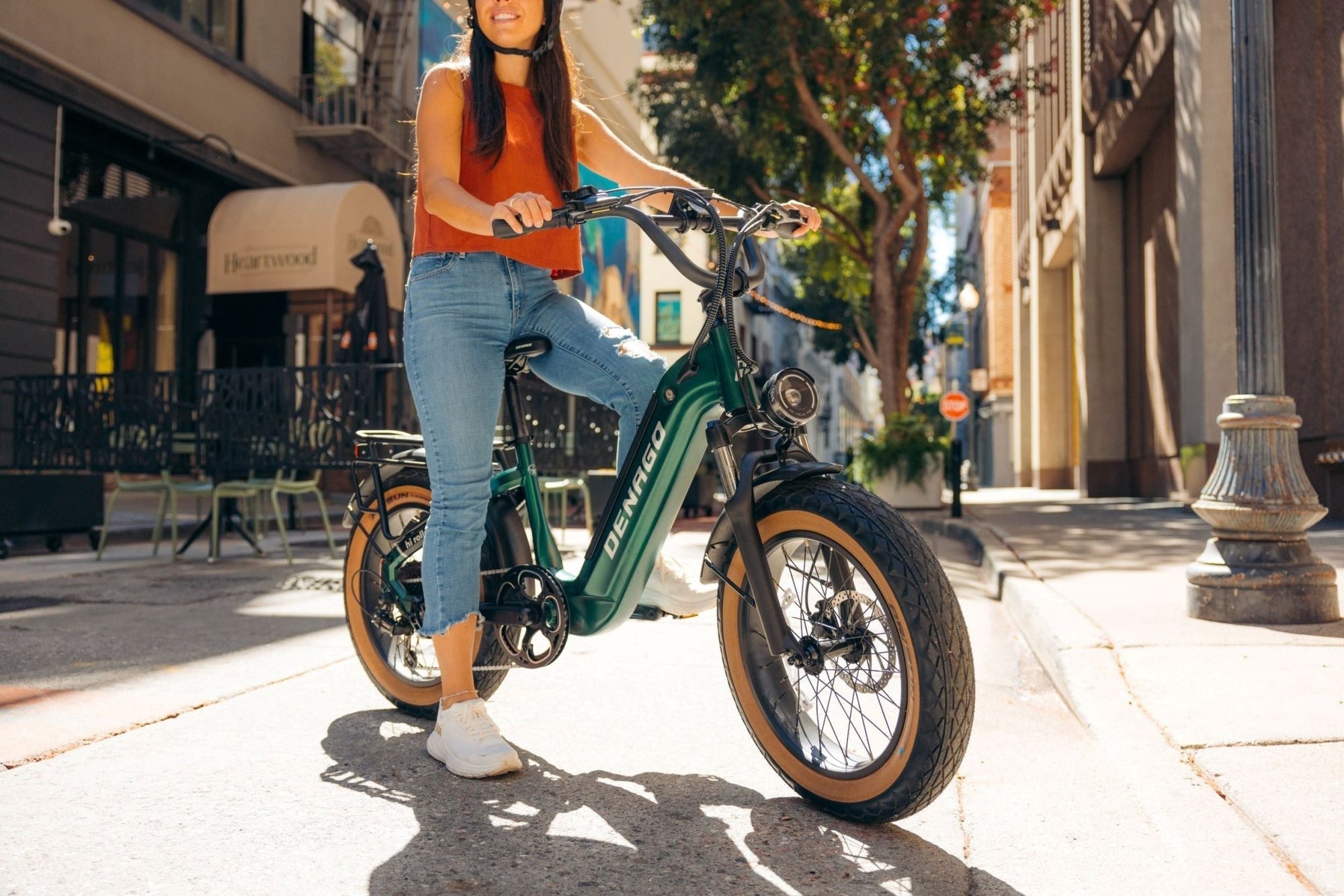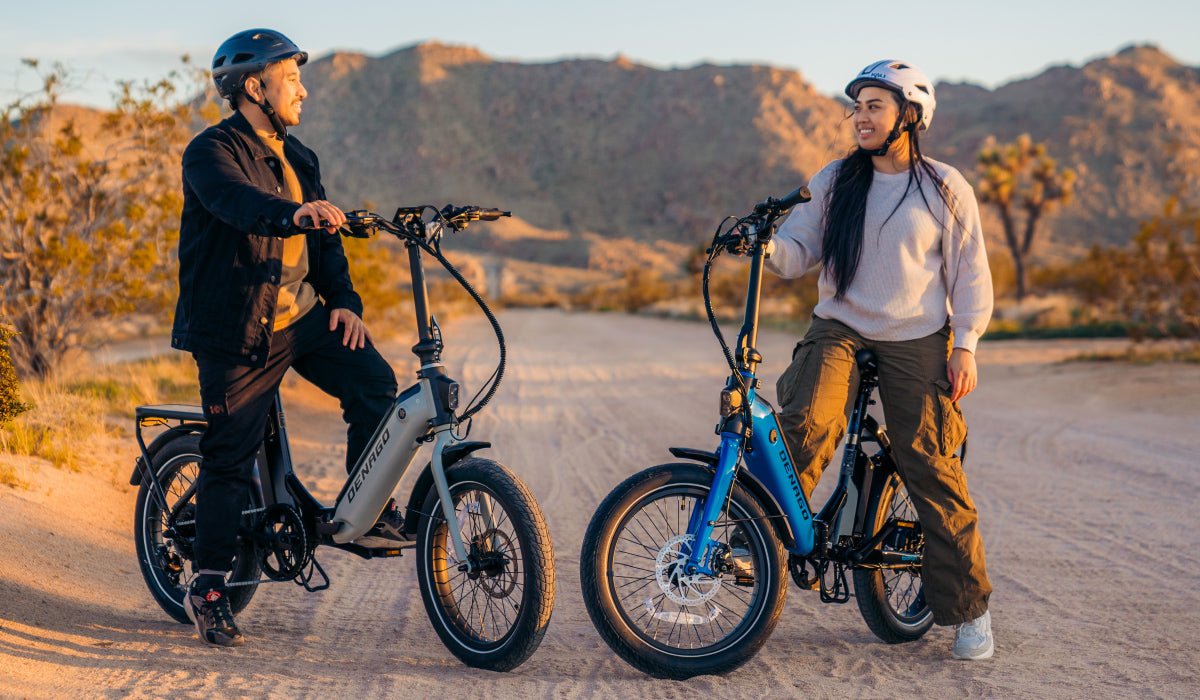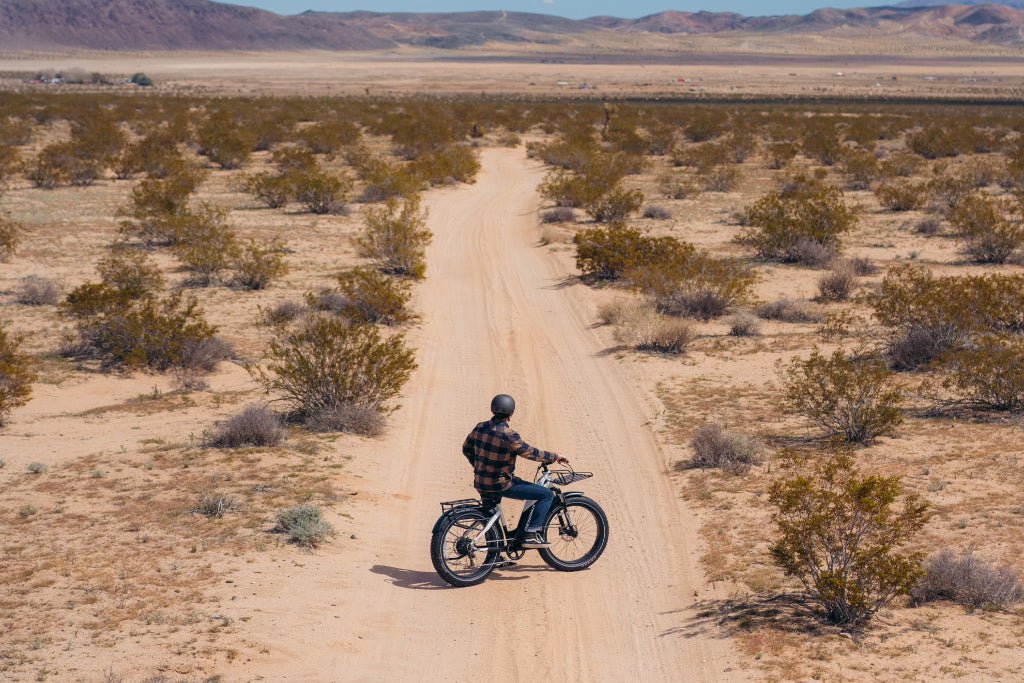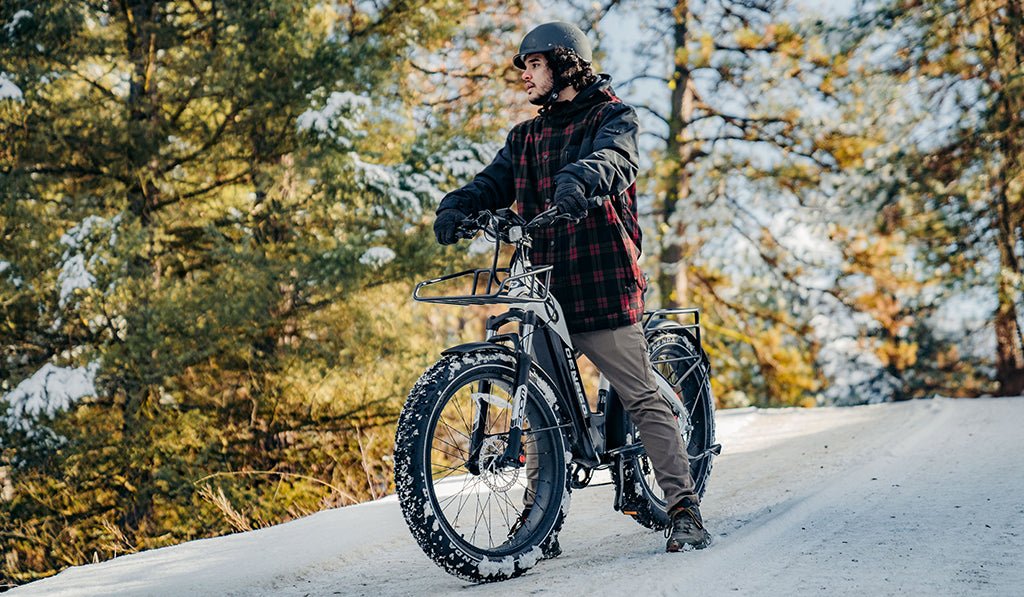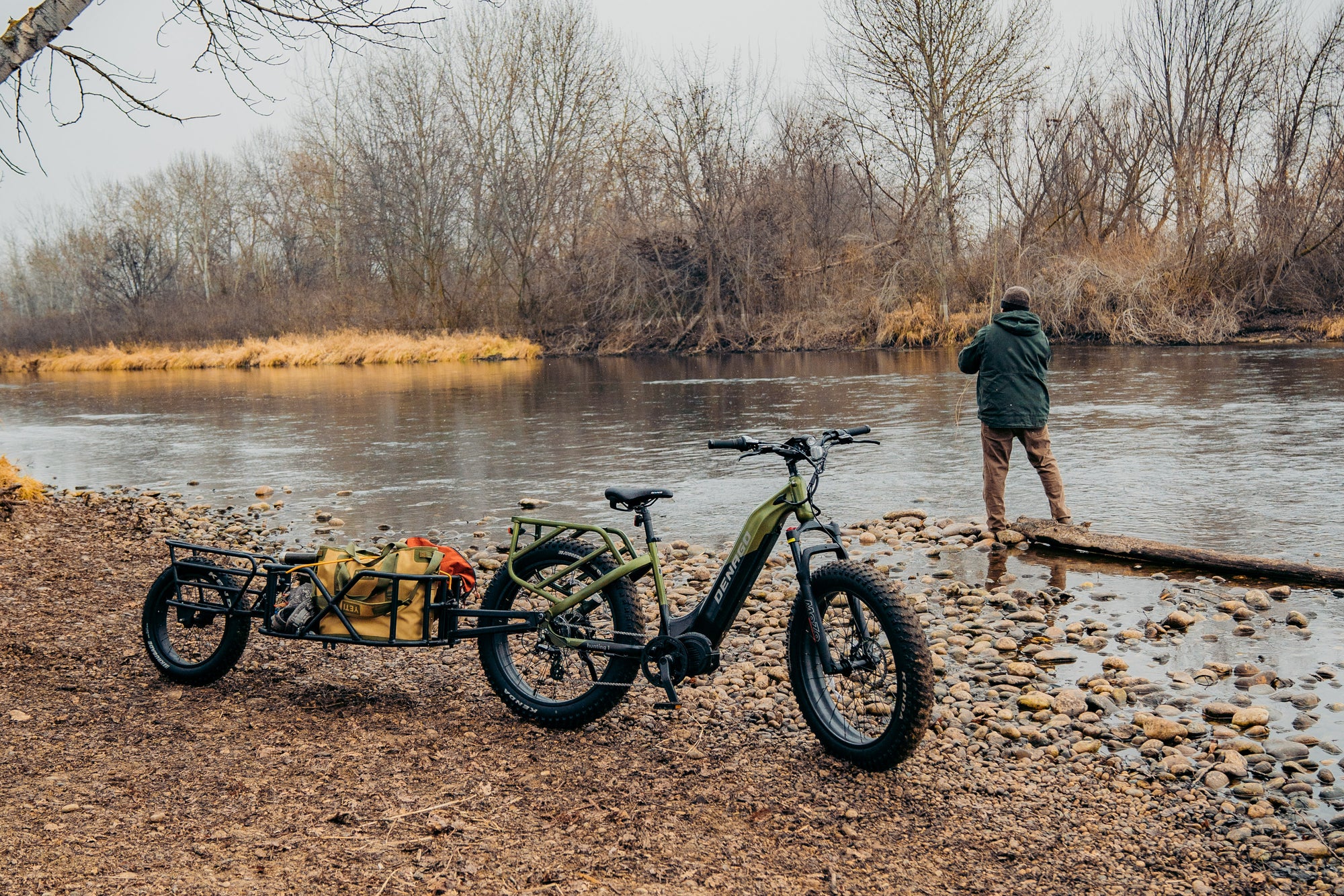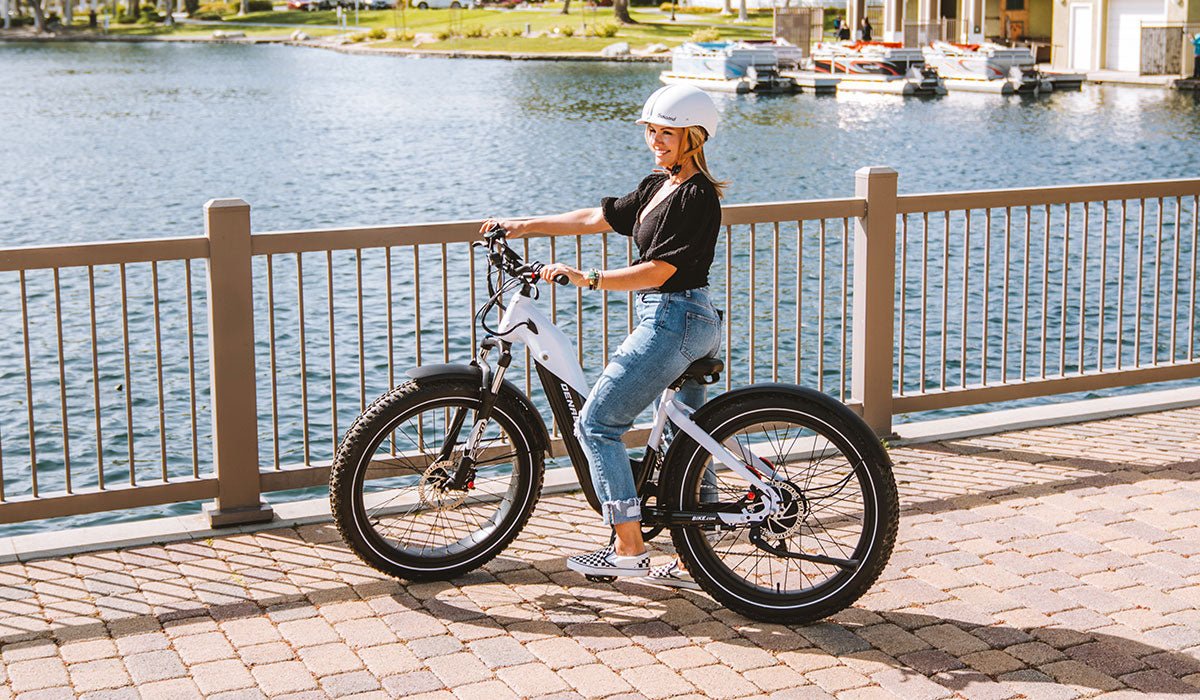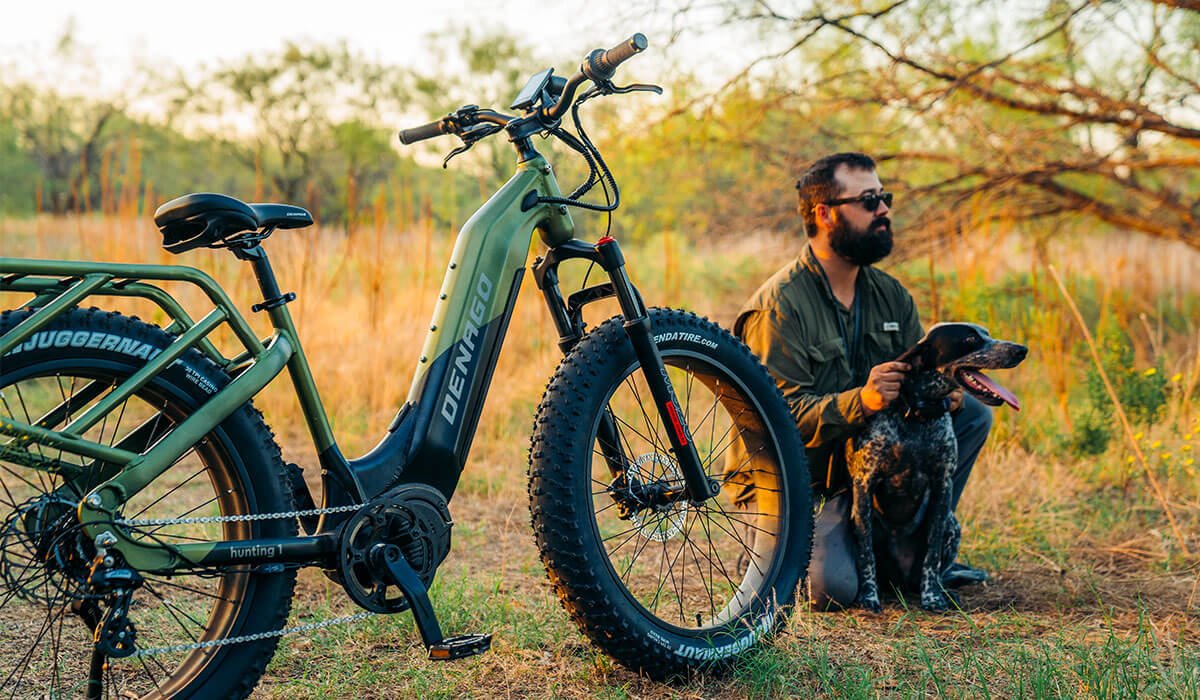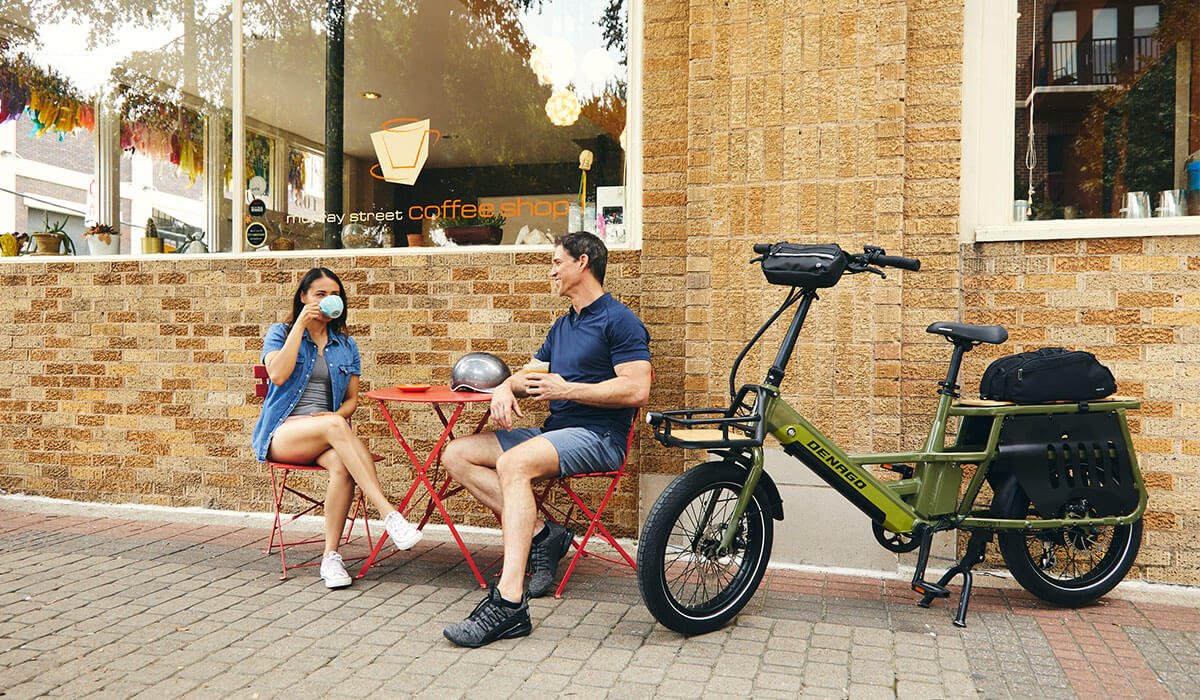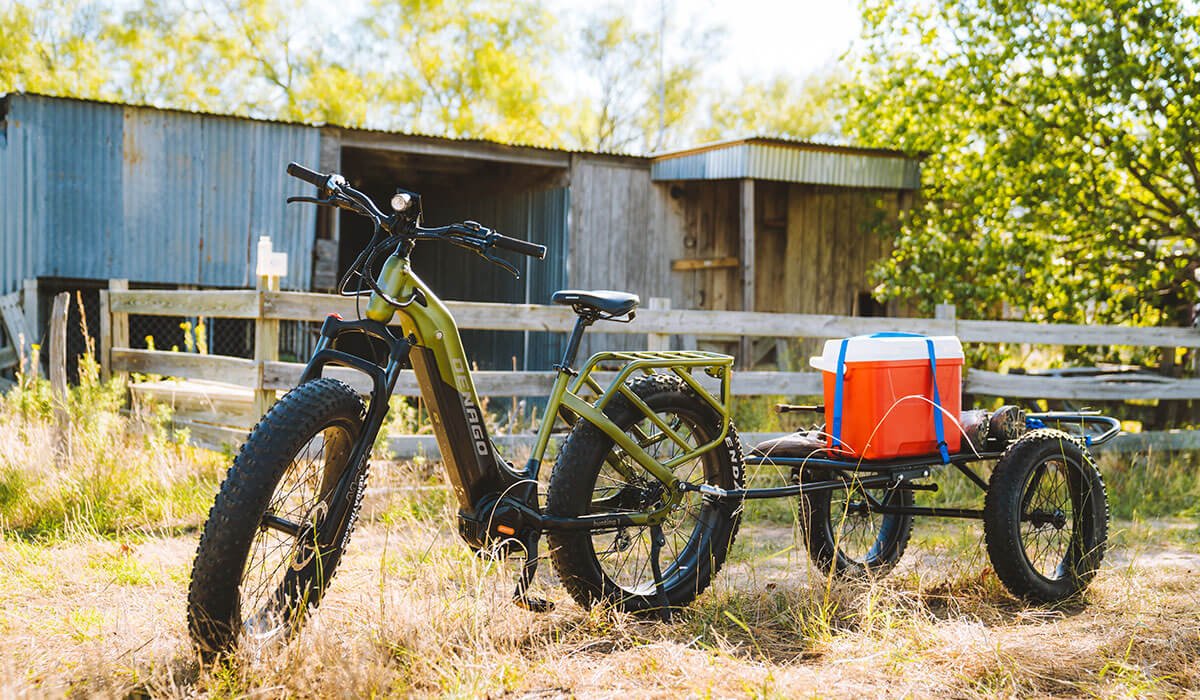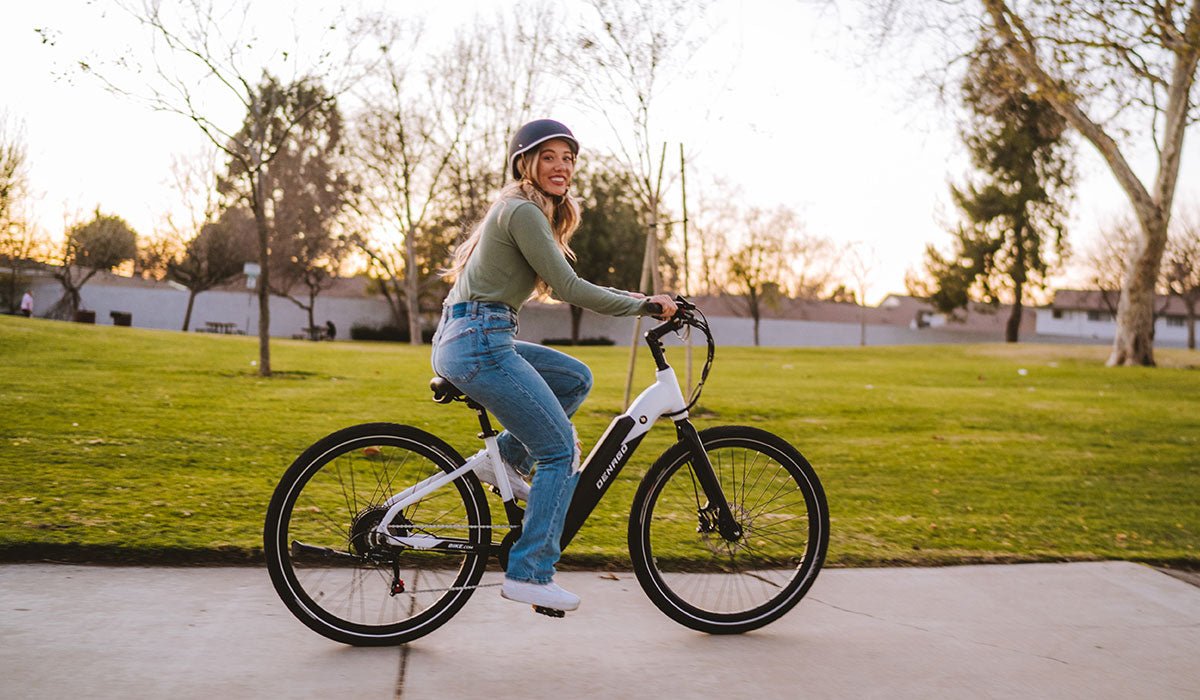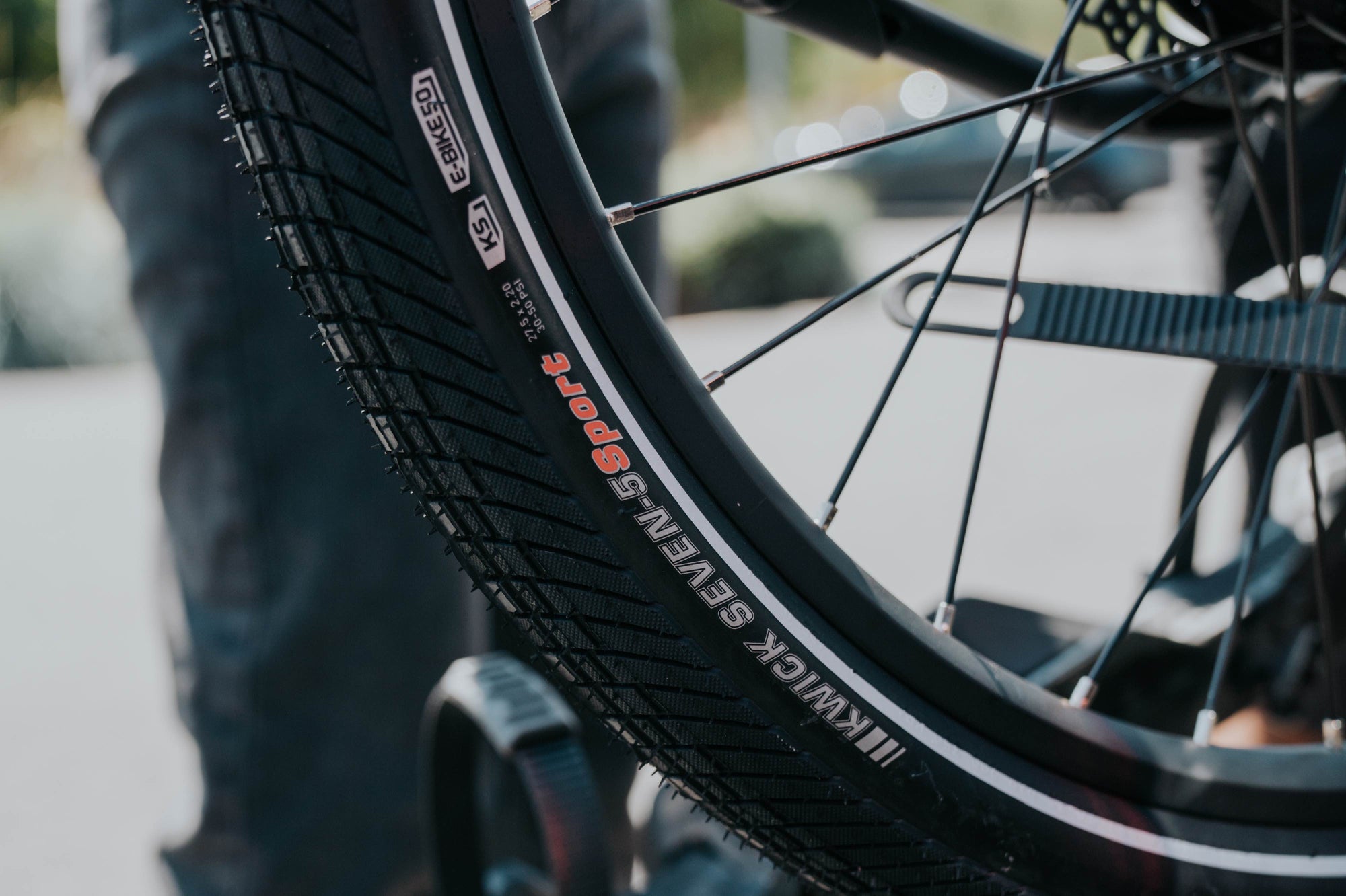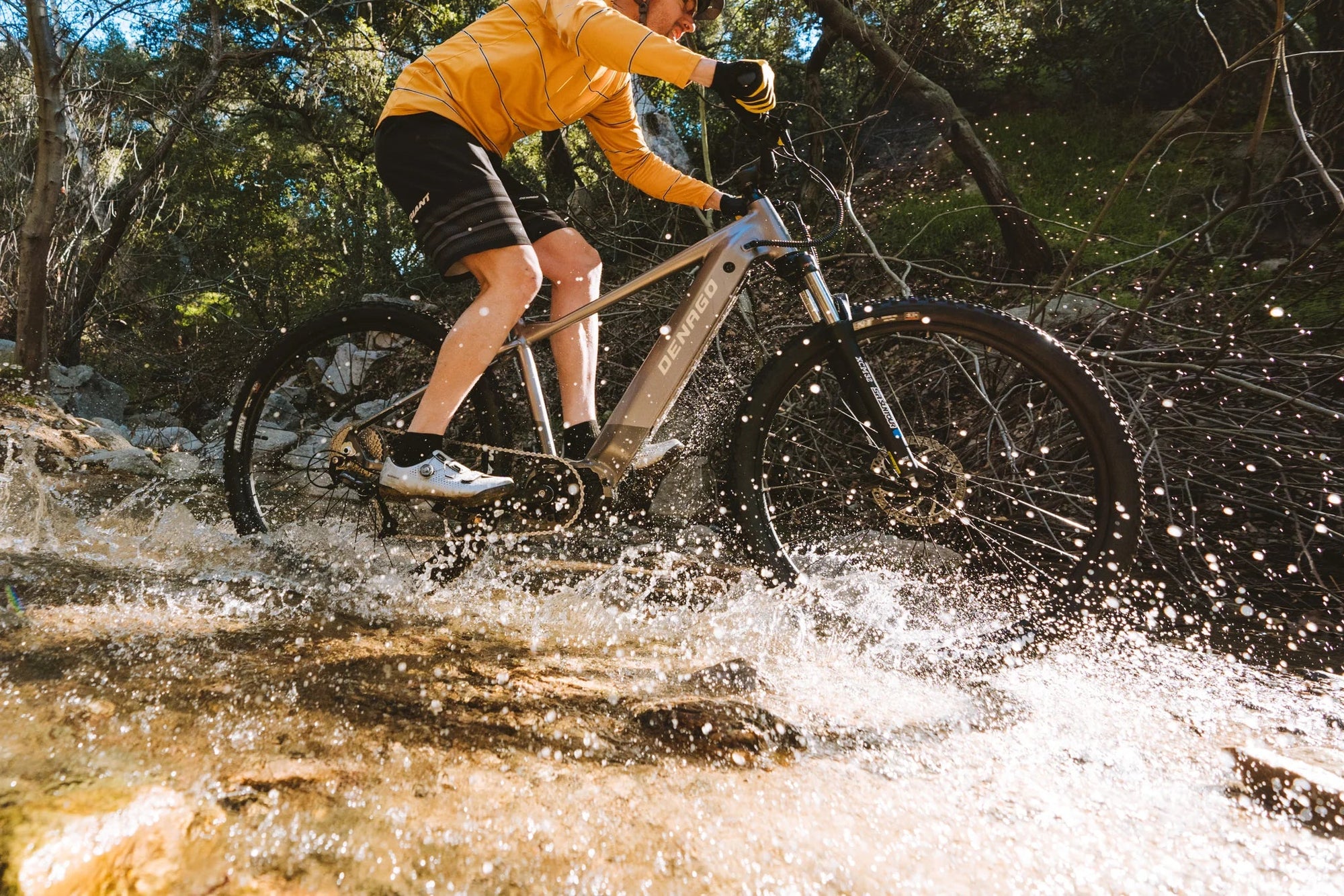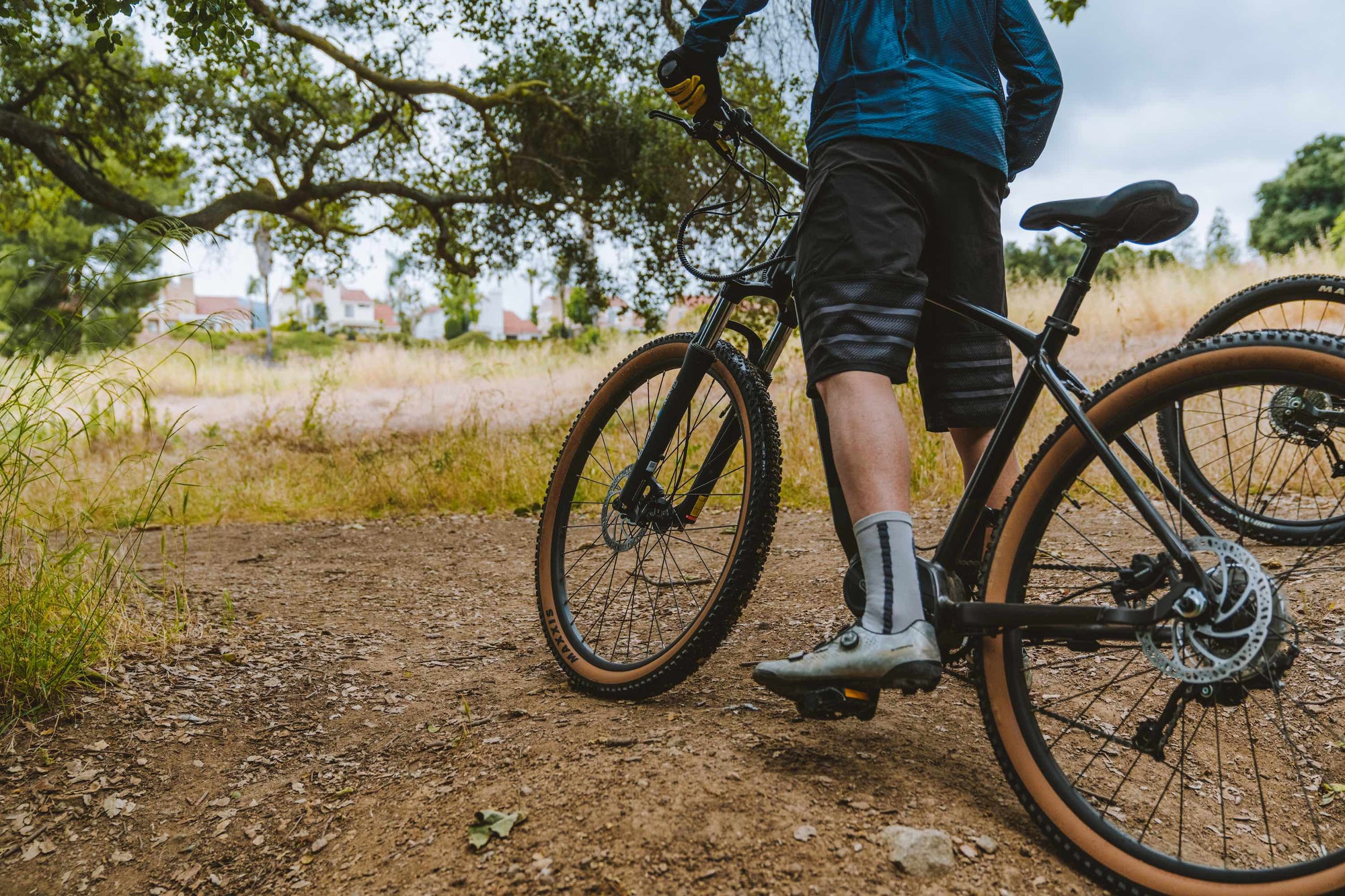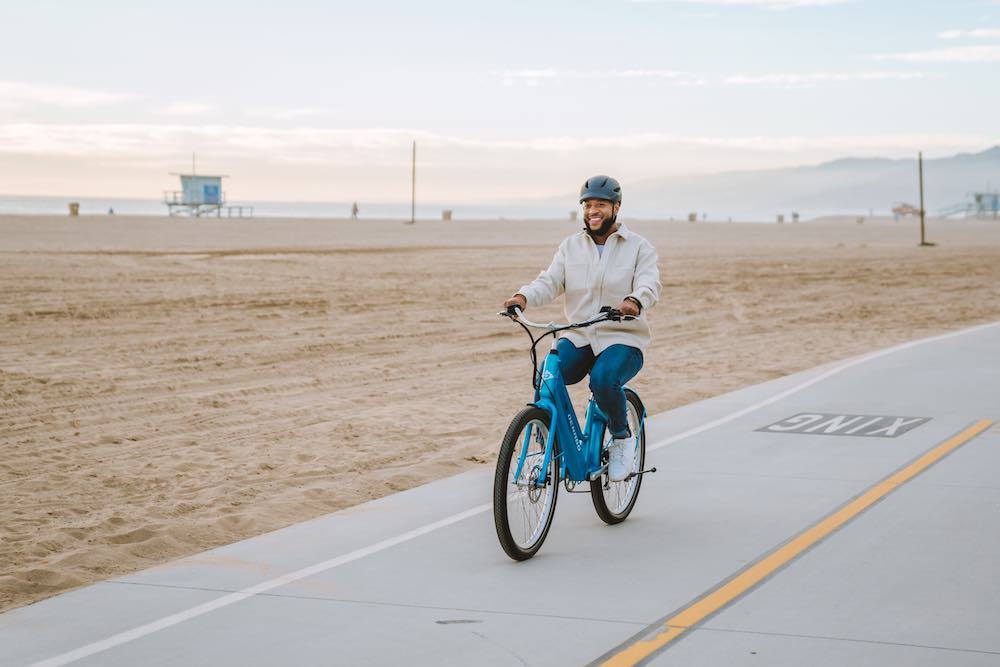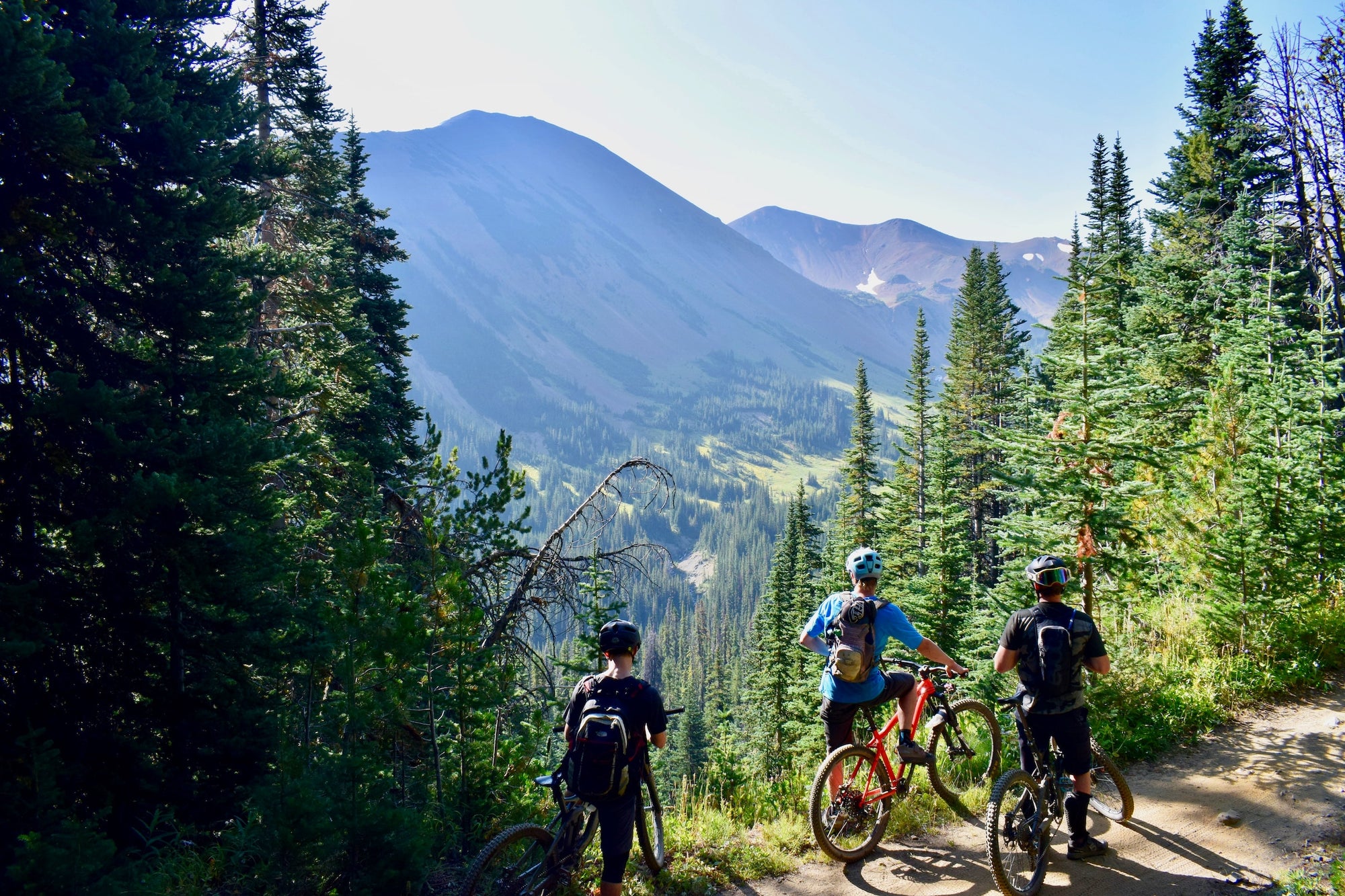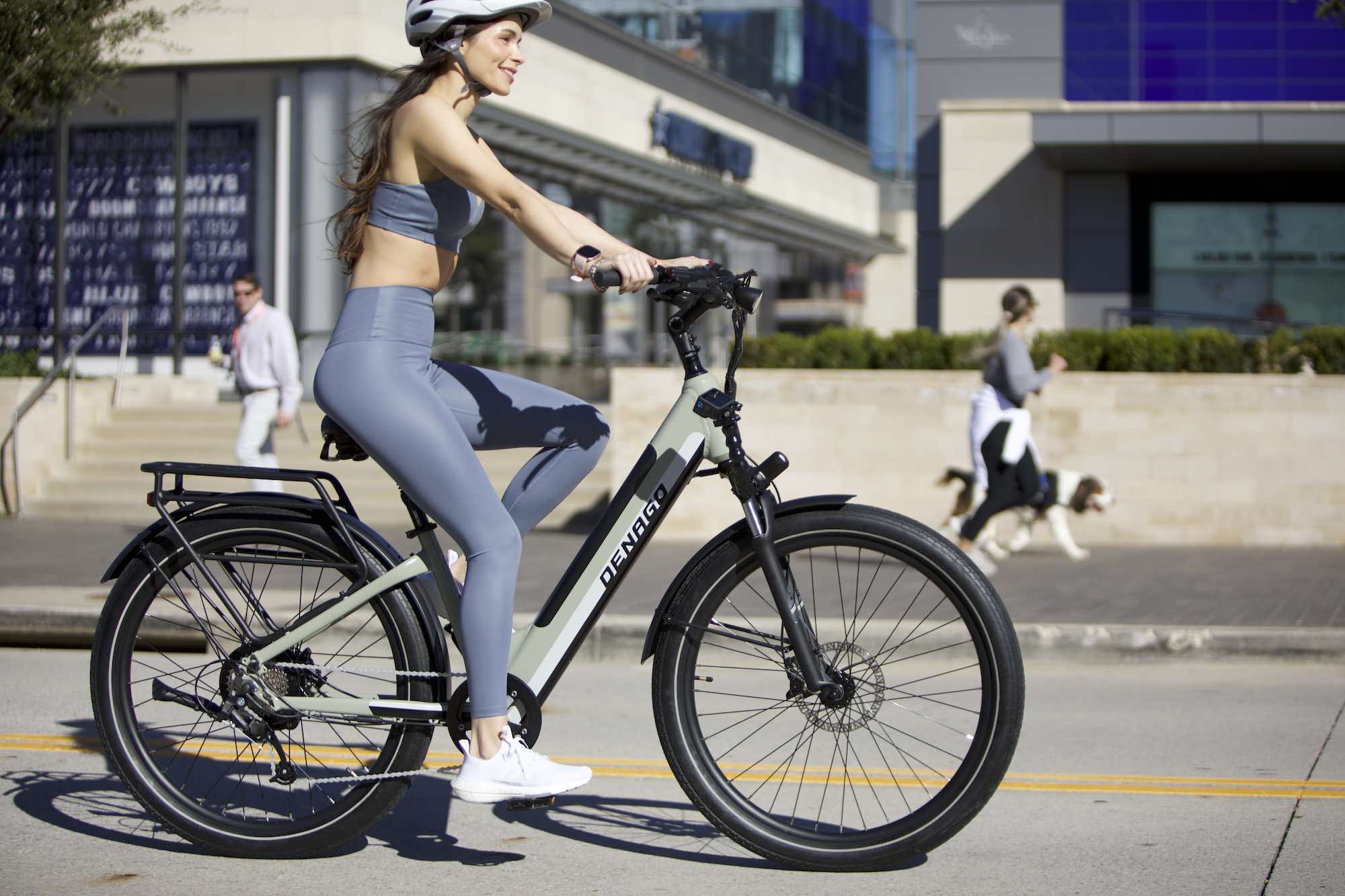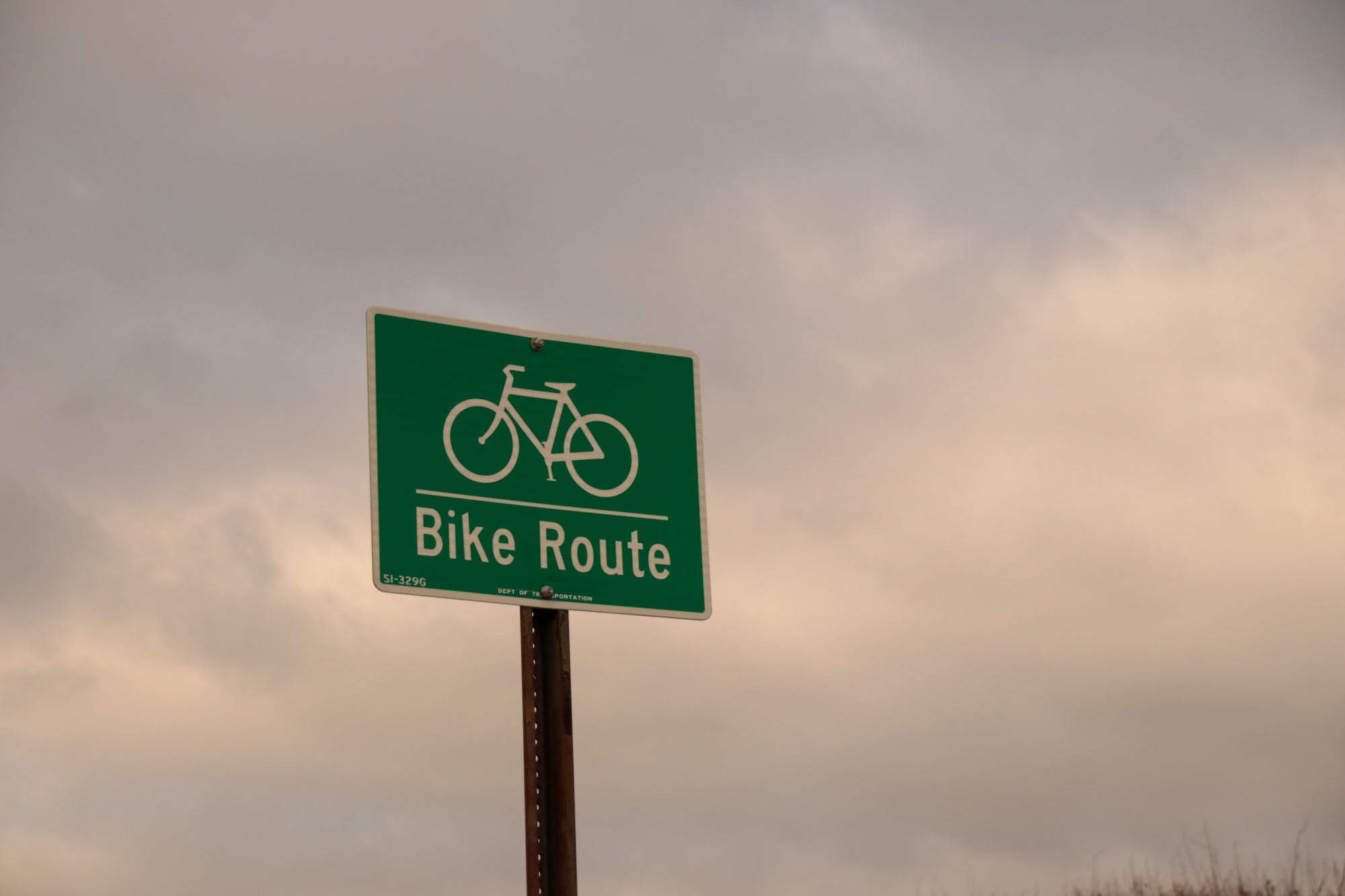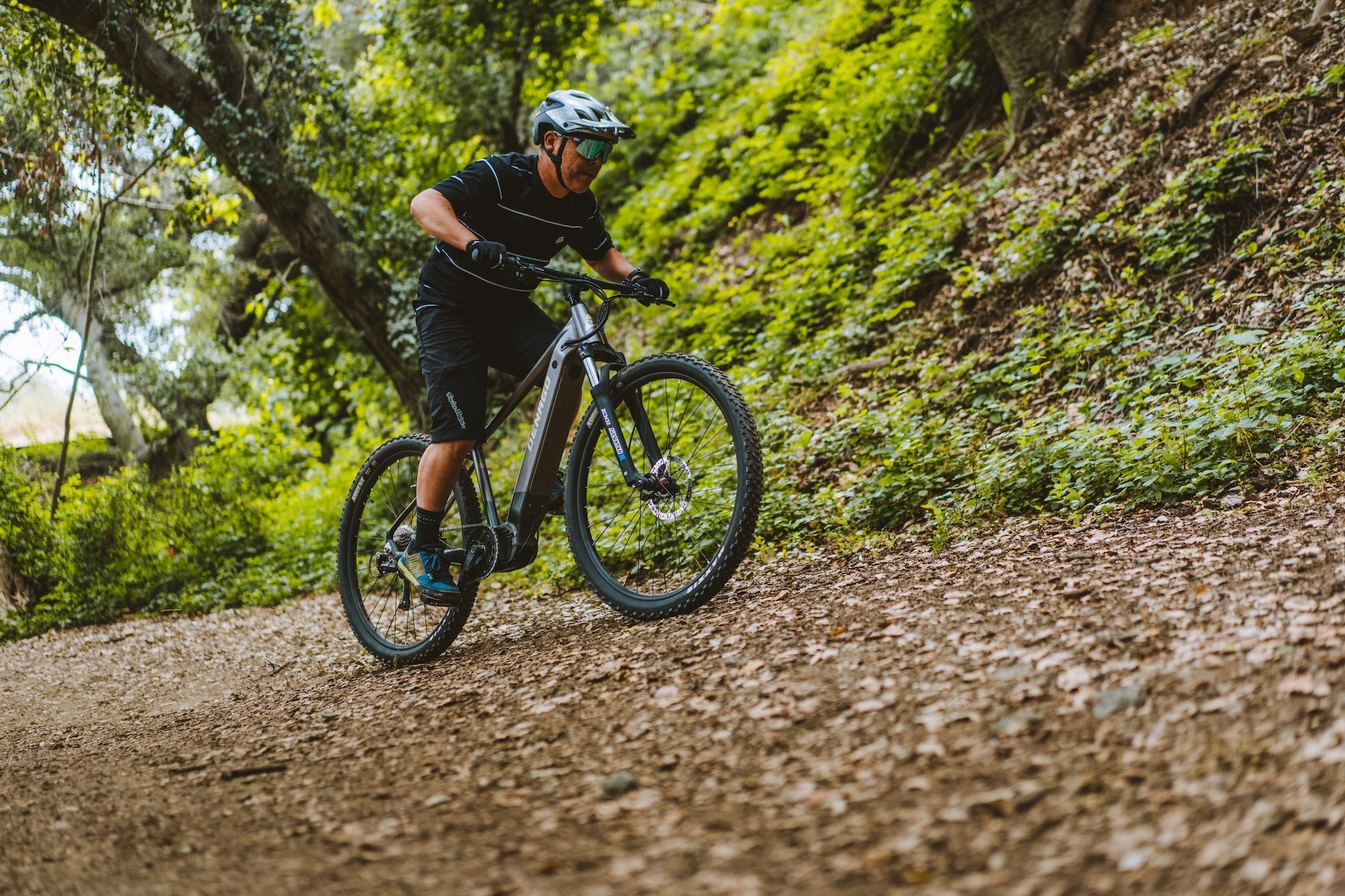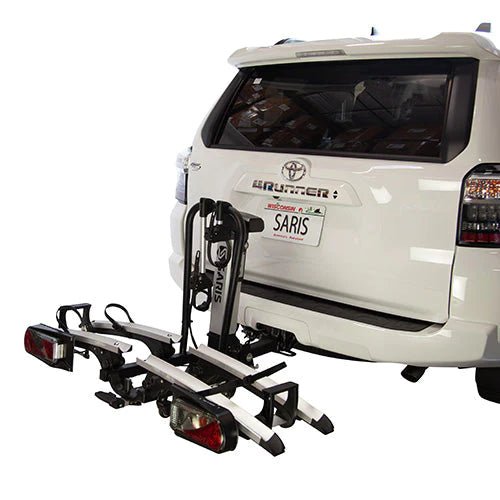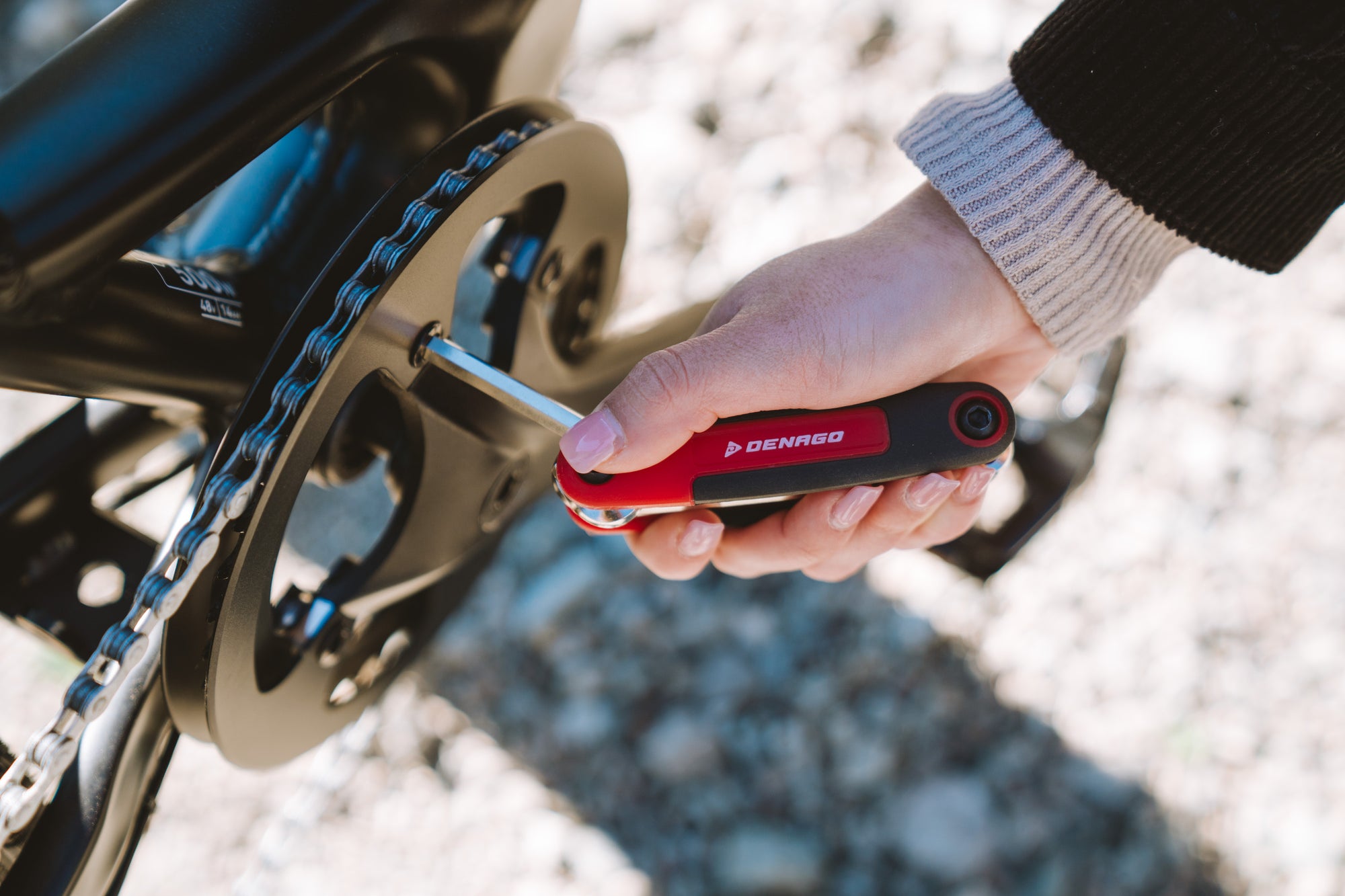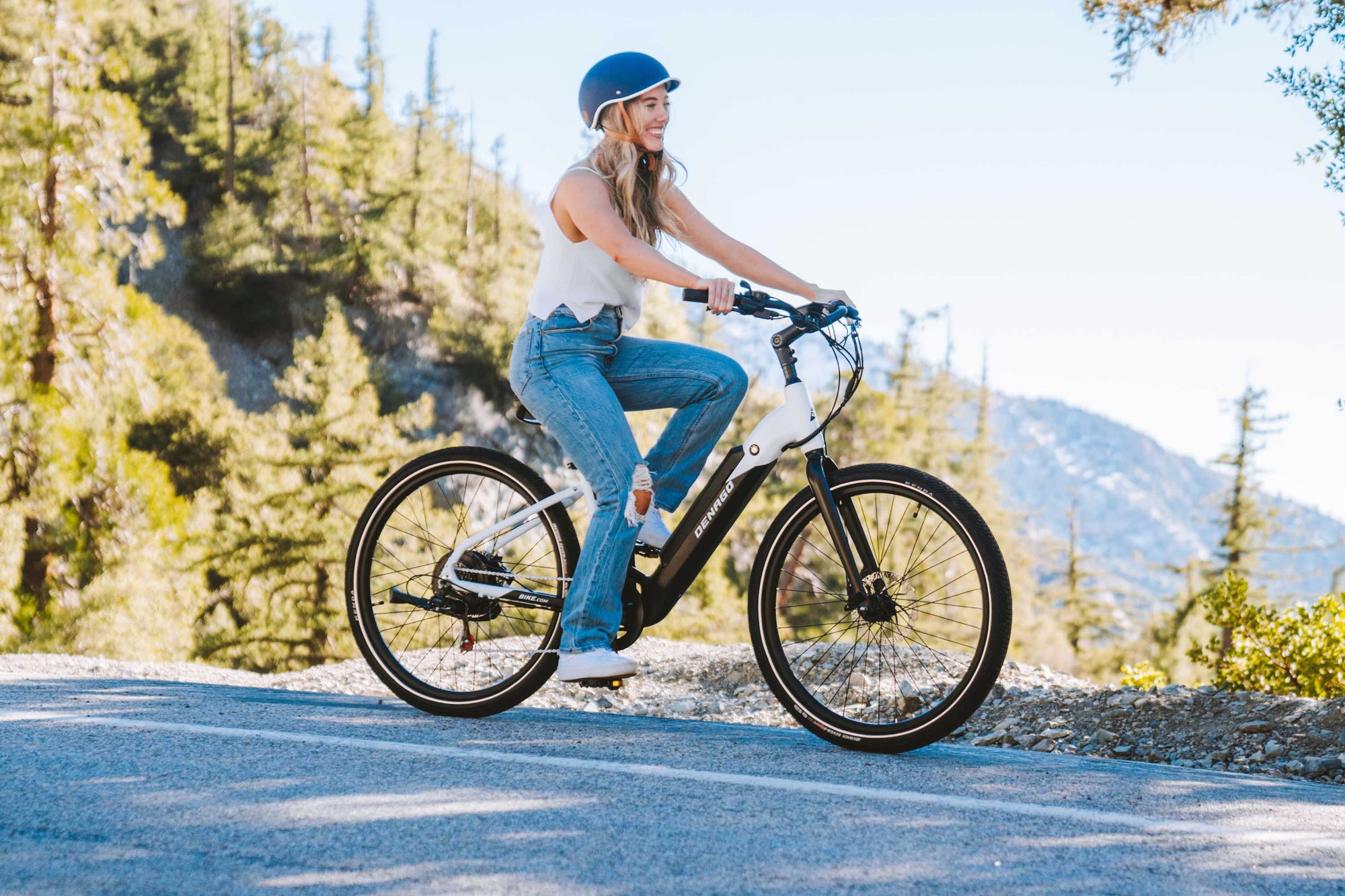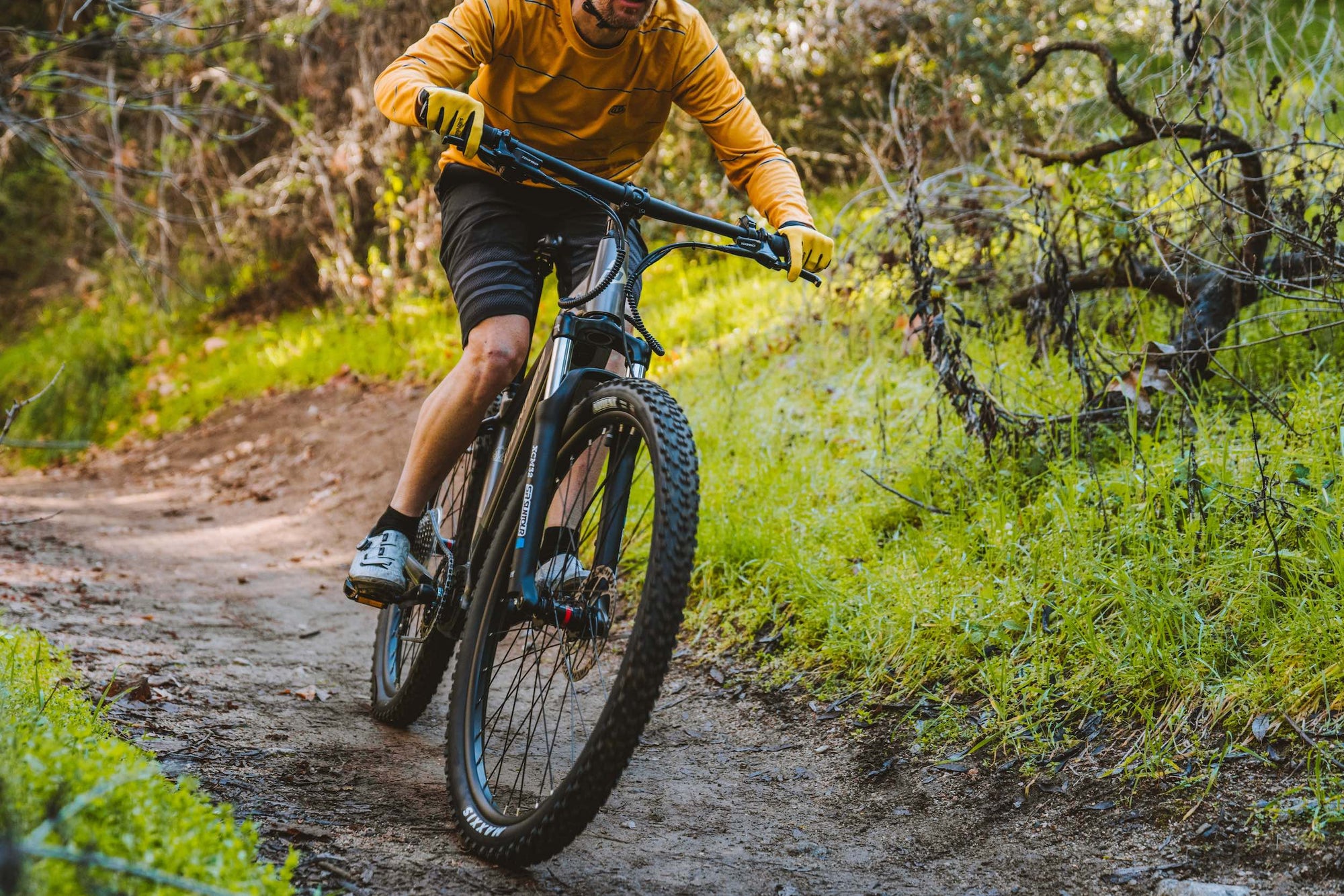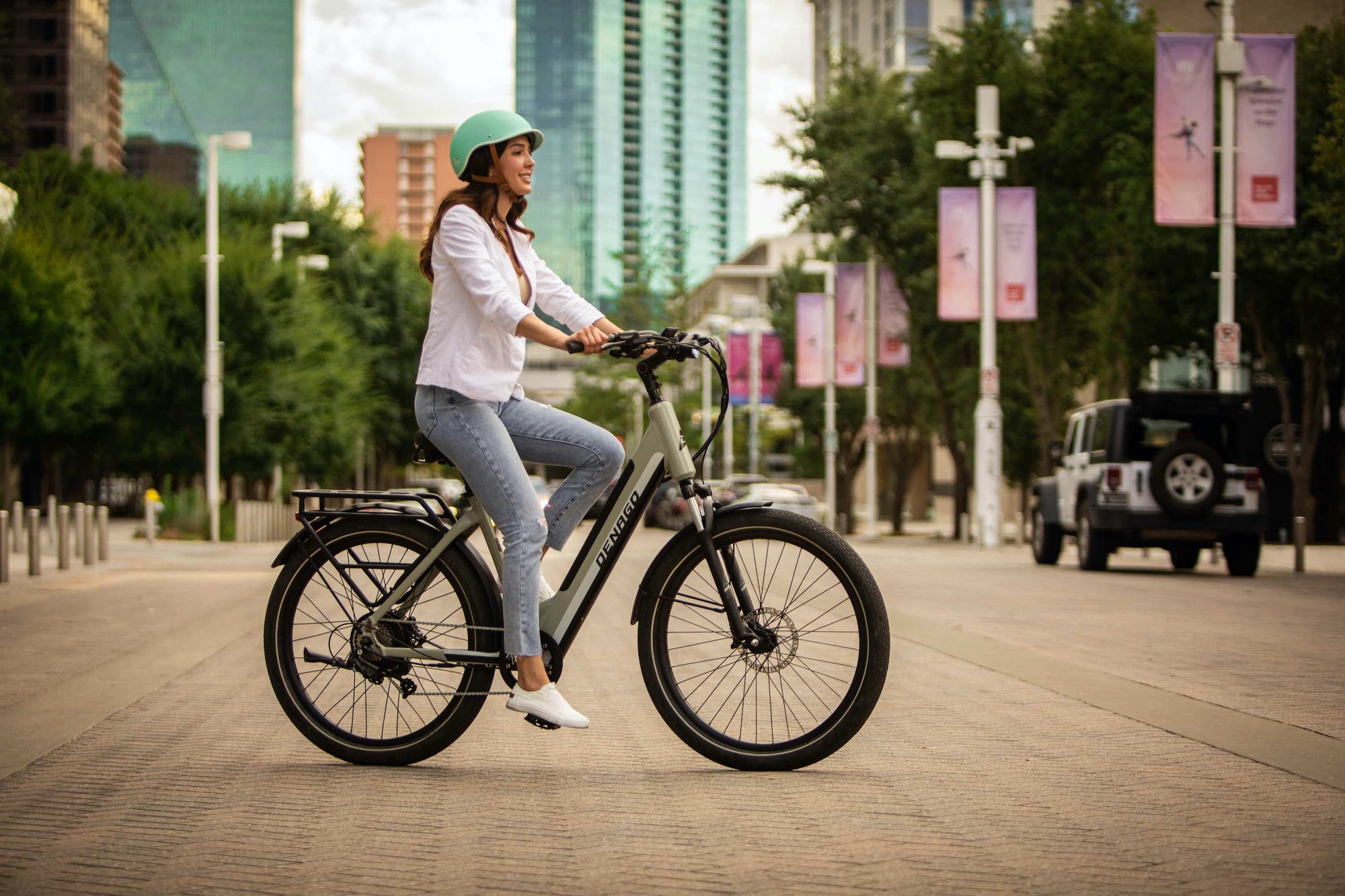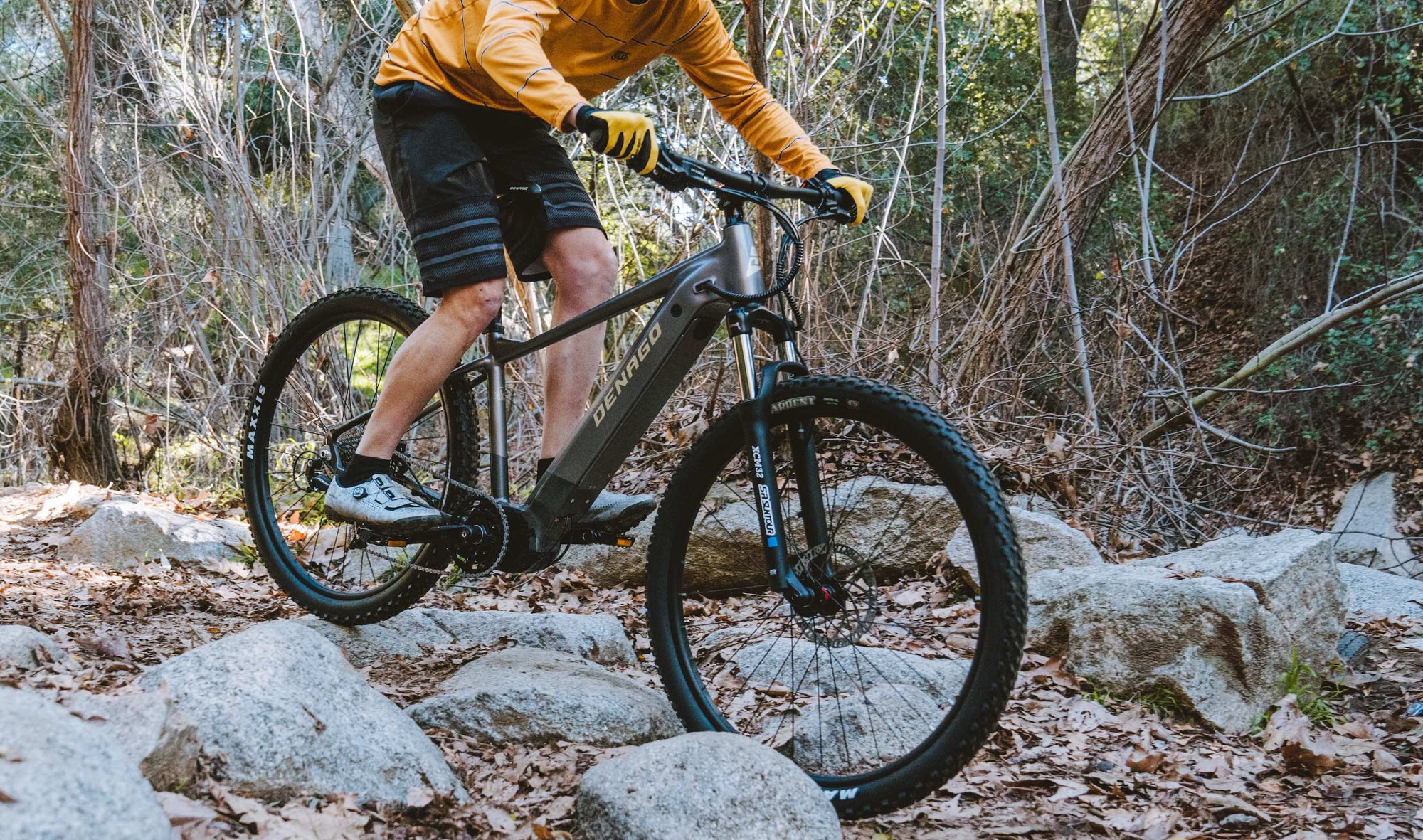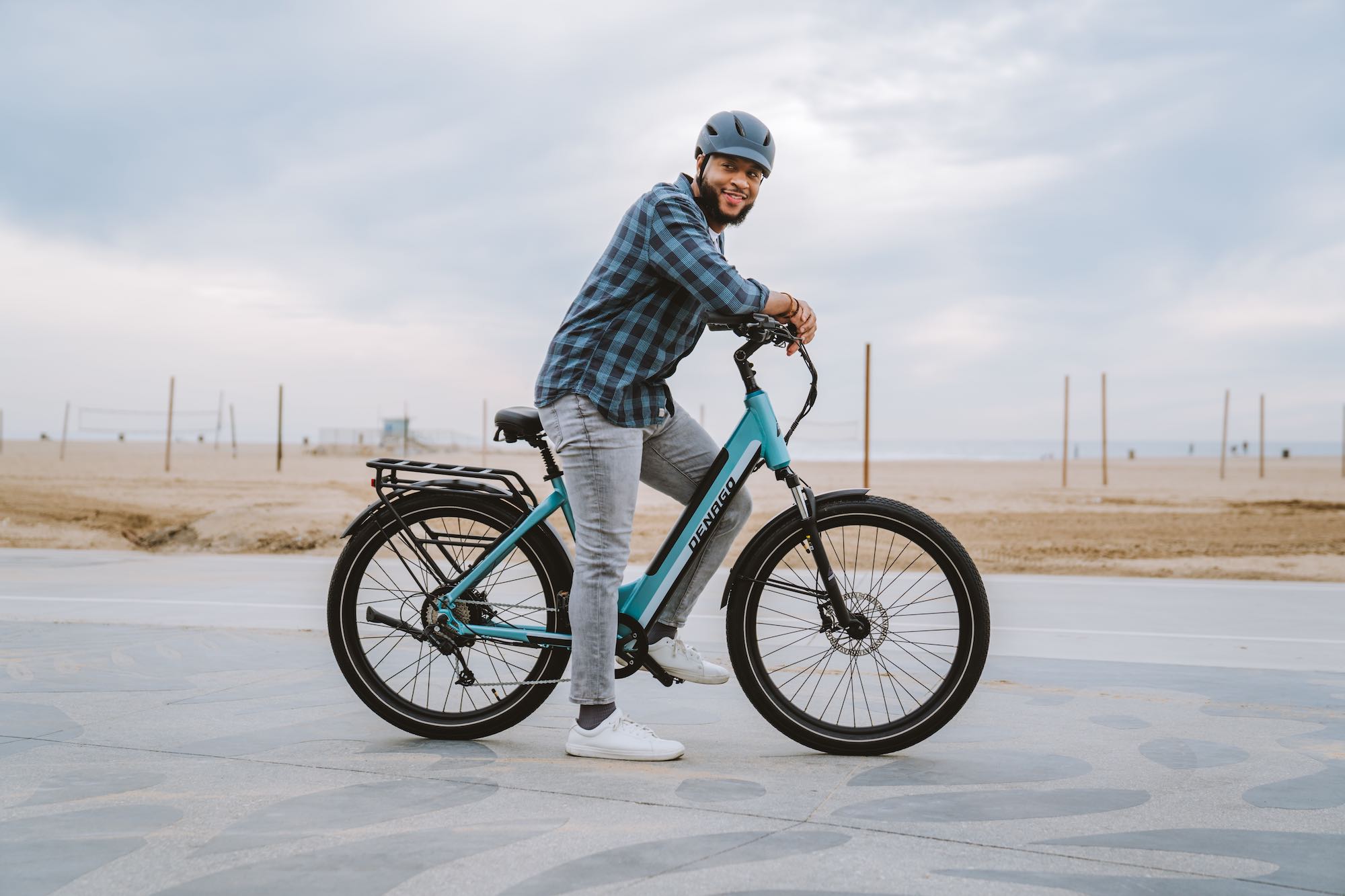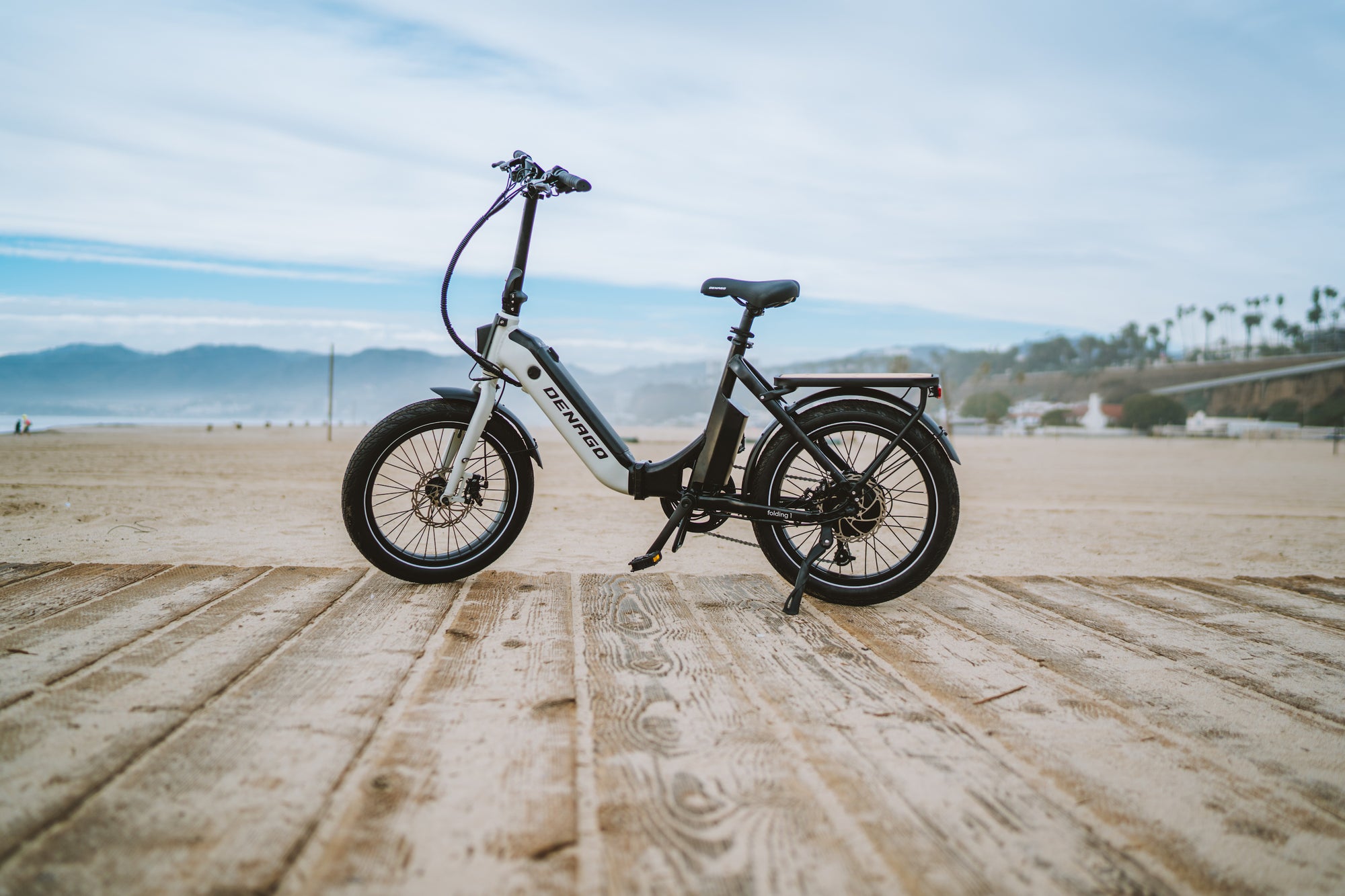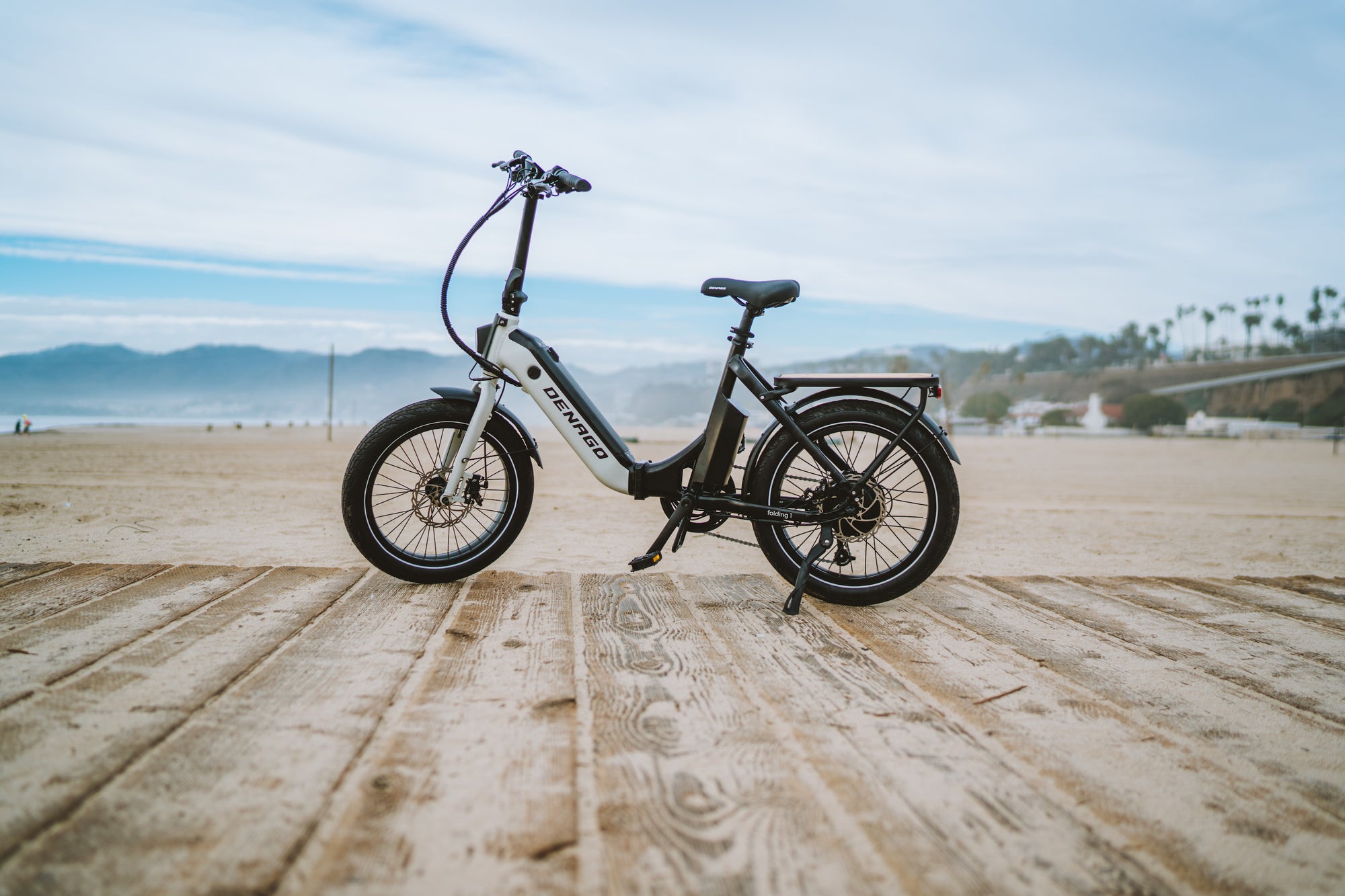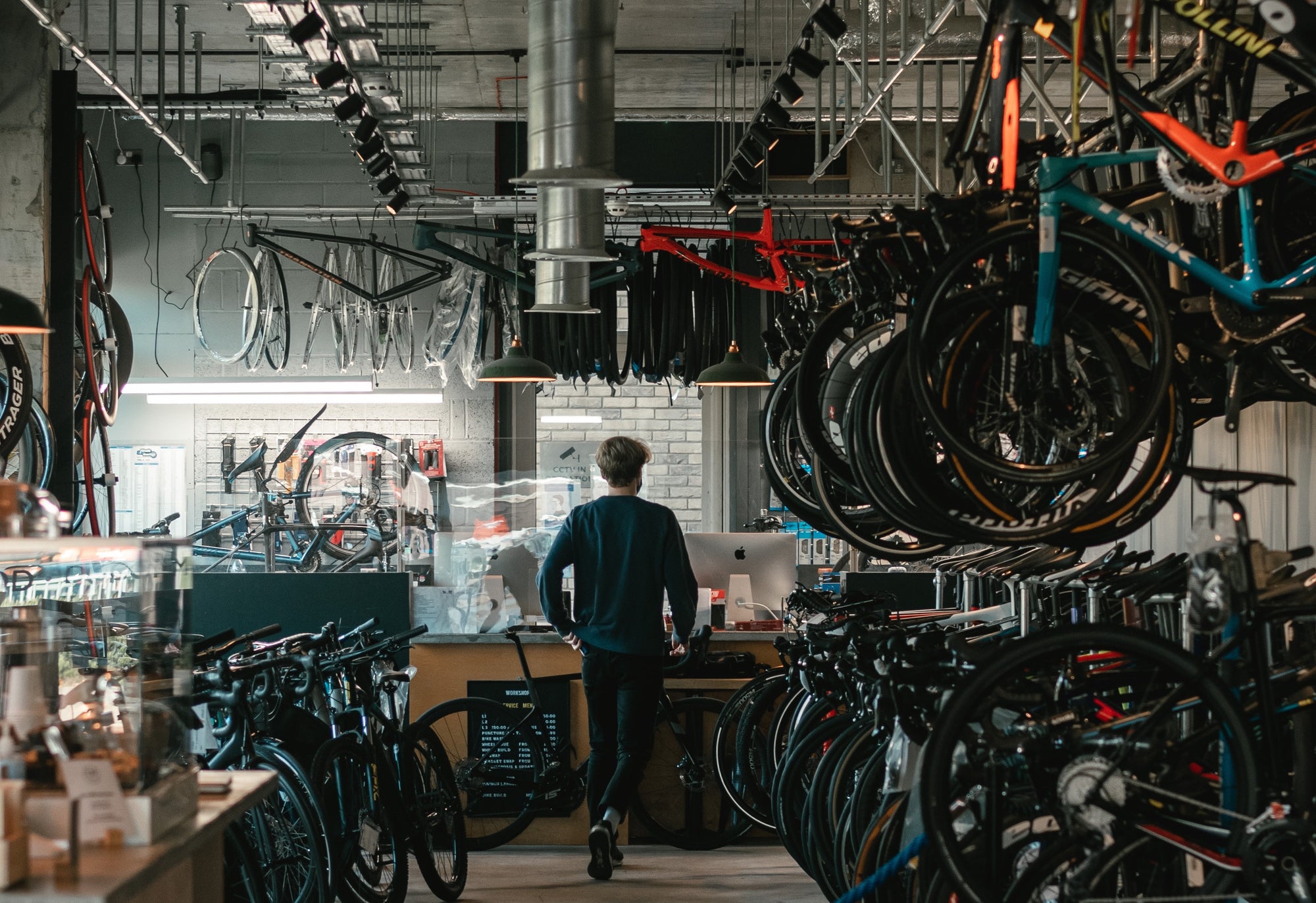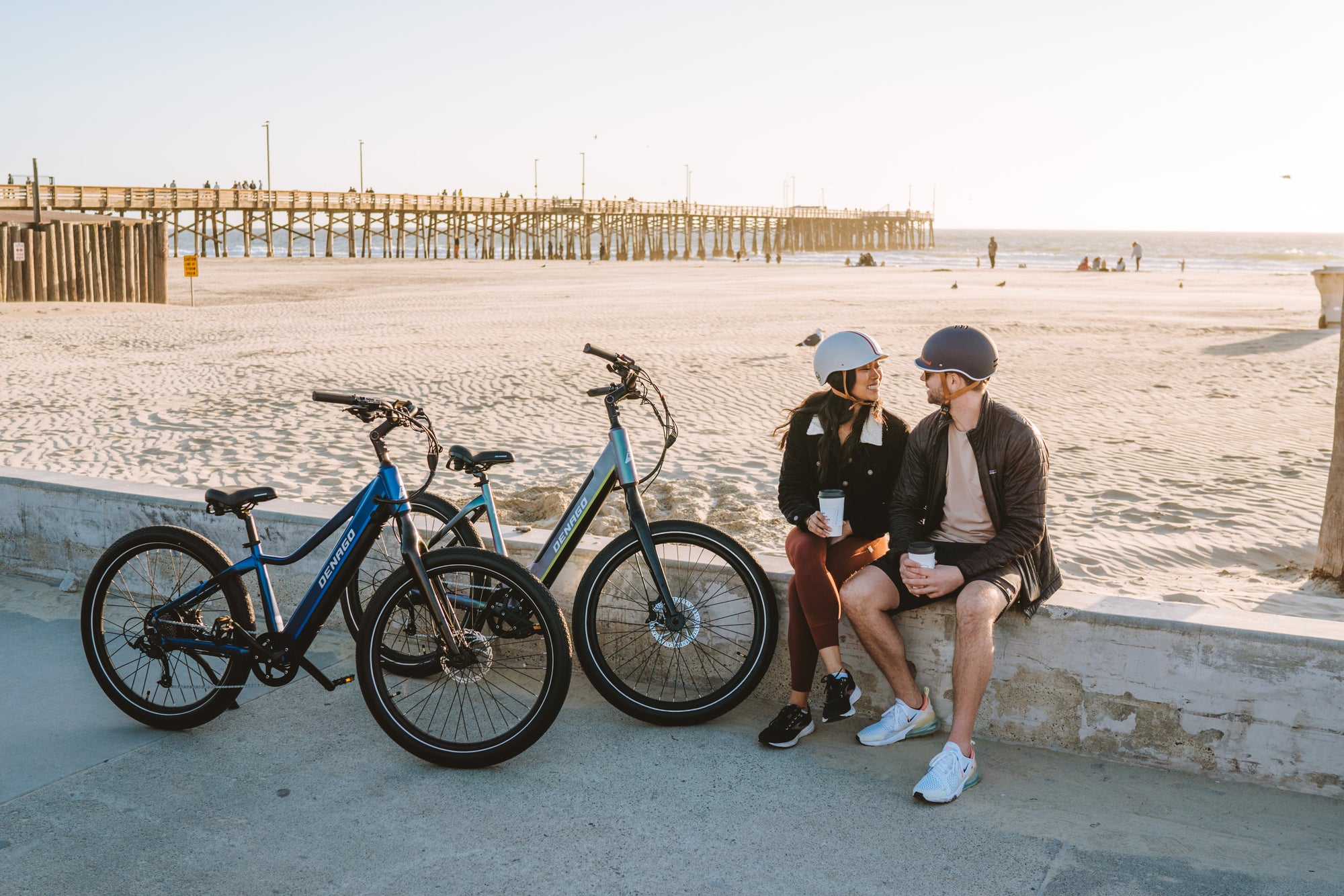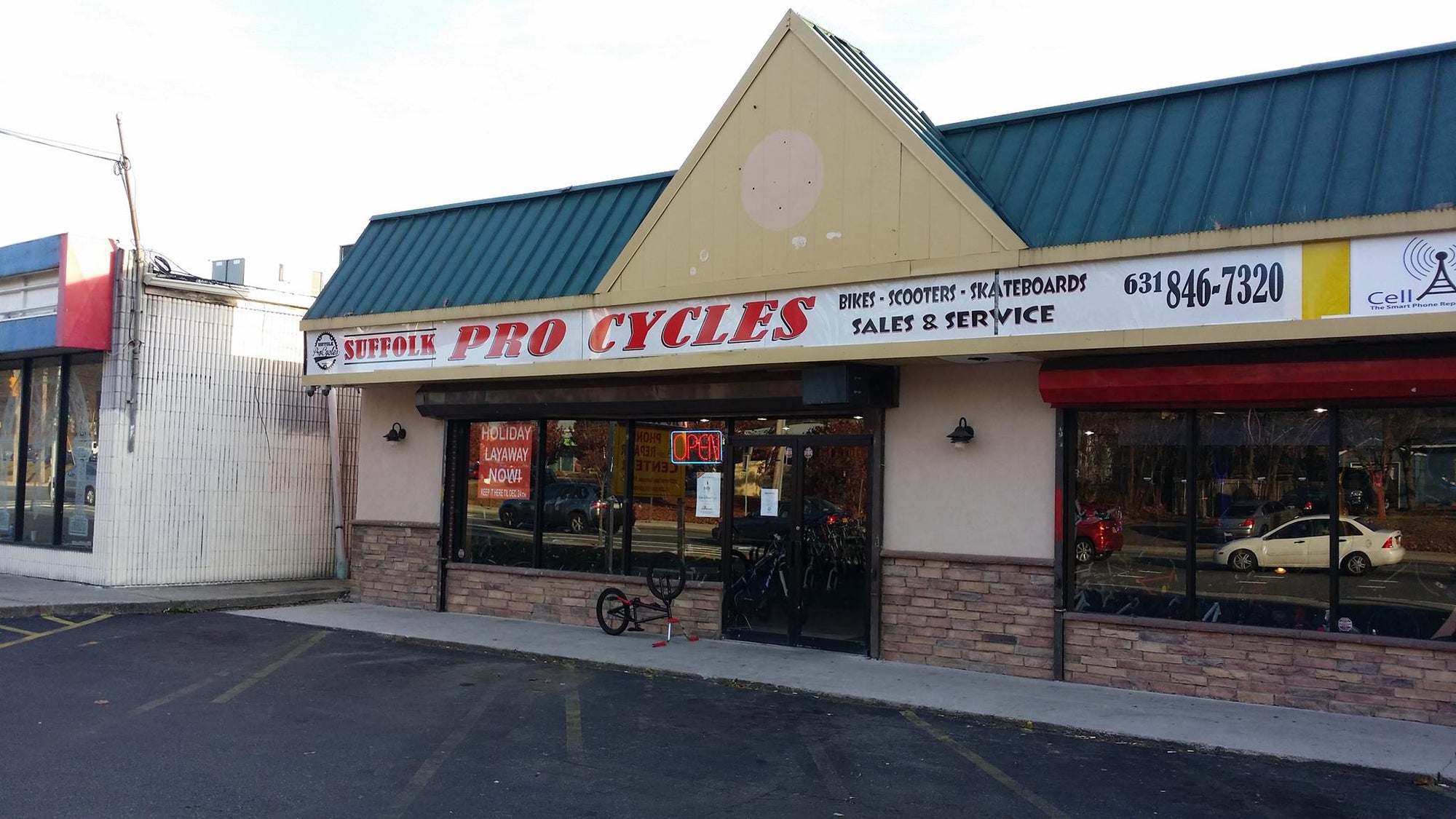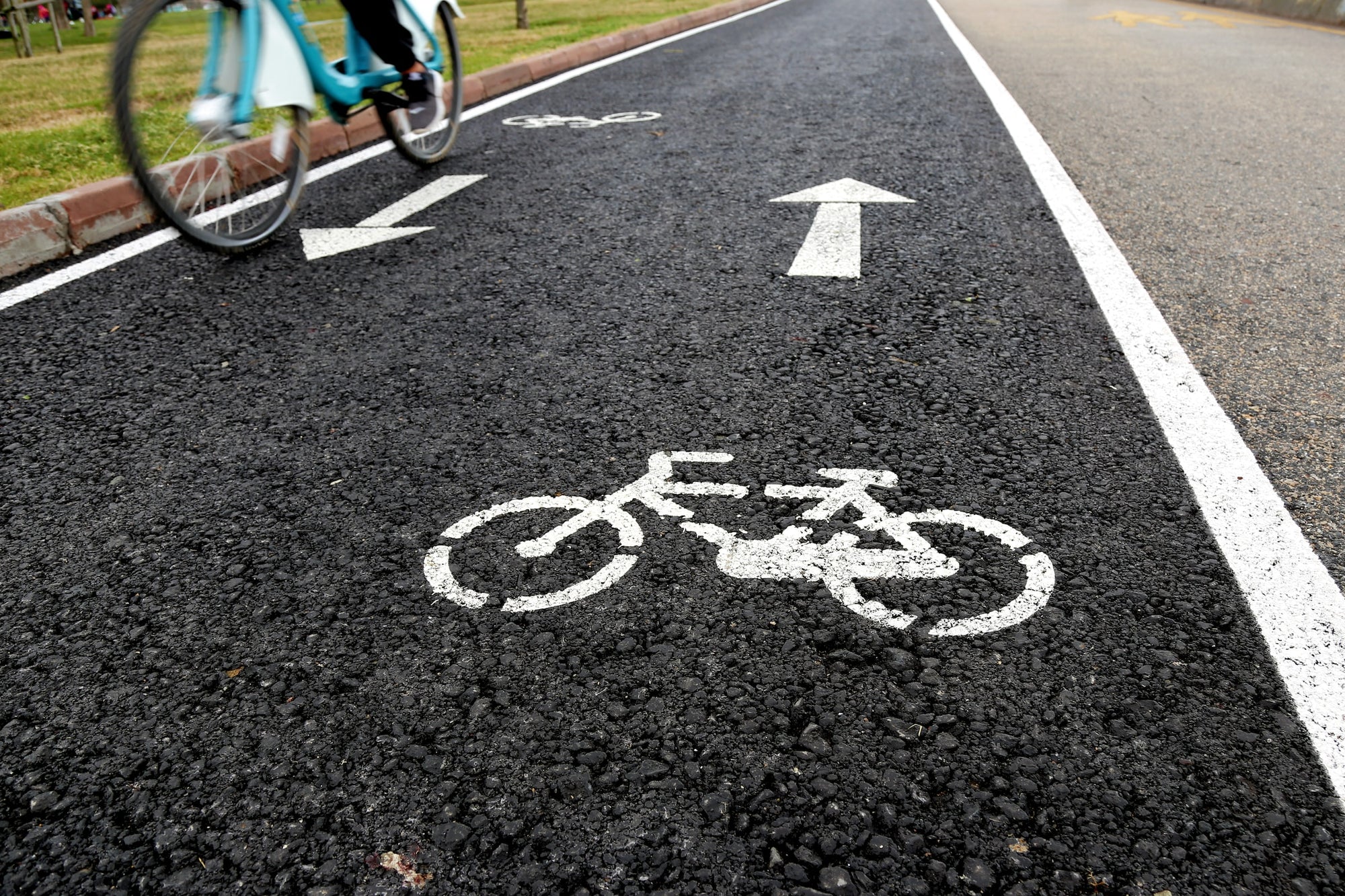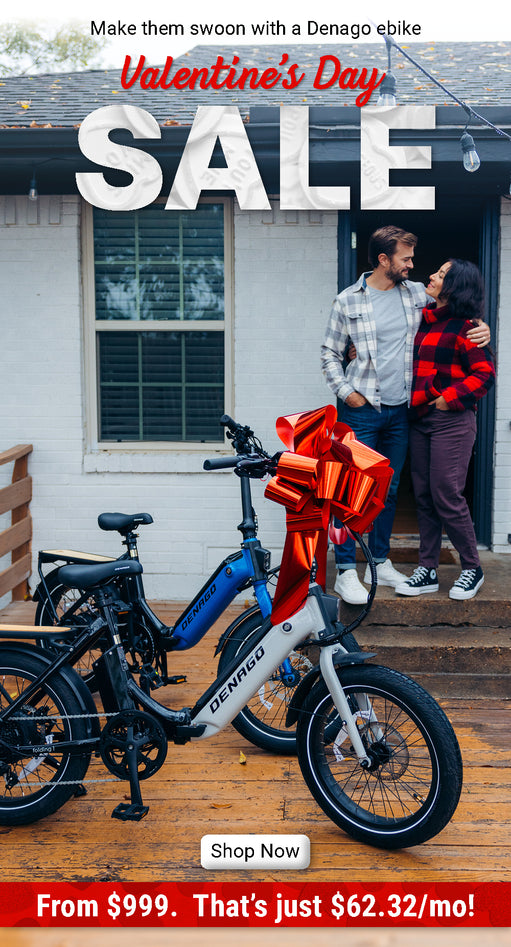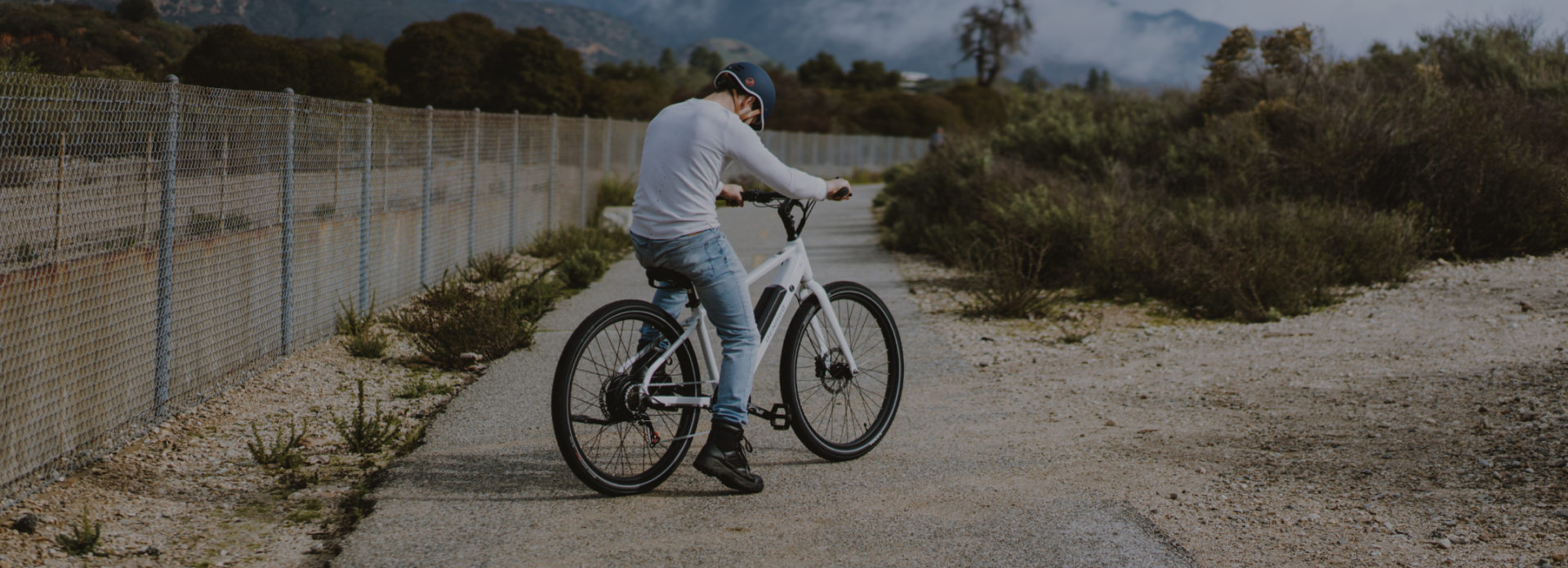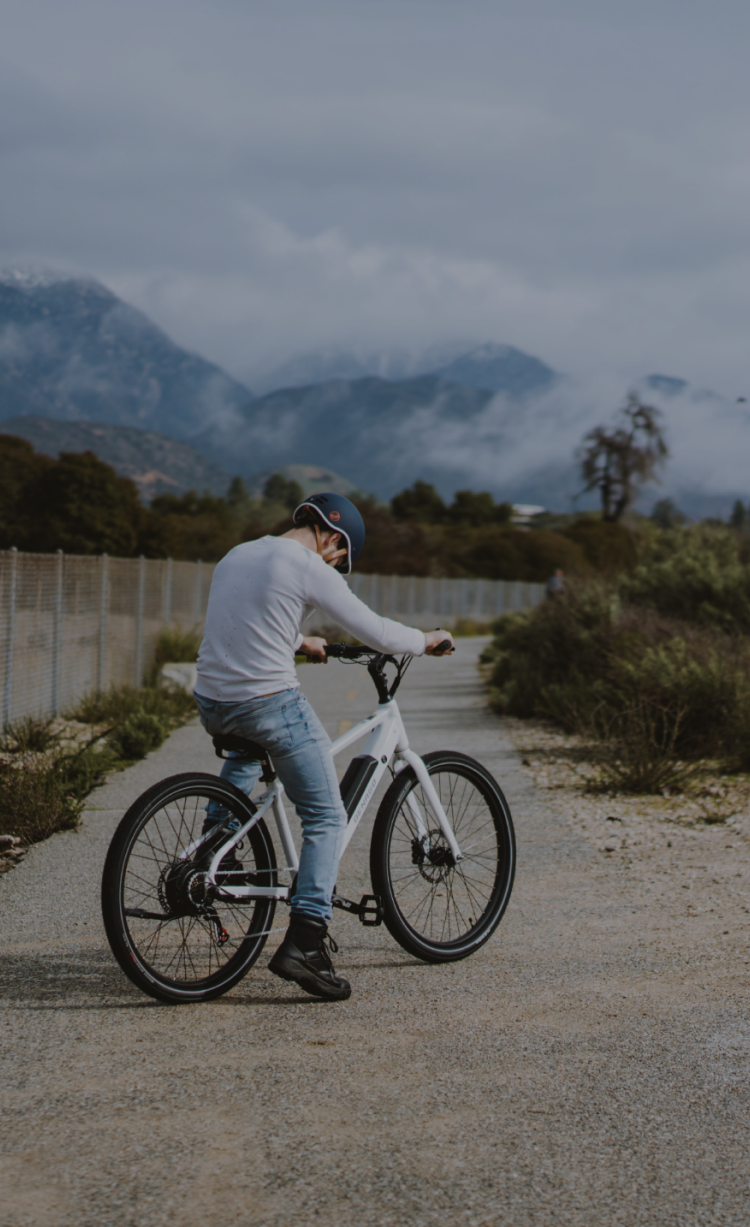EBikes work by connecting a battery to an electric motor, which can propel riders faster and further compared with pedaling alone. To work properly, the brain of an eBike (called a “controller”) needs to know what the rider is doing - pedaling, coasting, braking, and so on.
That’s accomplished by the use of one of two common types of sensors, the cadence sensor and the torque sensor, in conjunction with a handlebar-mounted remote control. The controller monitors data from the cadence or torque sensor, considers the PAS (pedal assist) level selected by the rider, and decides when to turn the electric motor on and off, as well as how much power the motor should apply.
Don't think of one sensor type as "better" - instead, think about choosing the sensor type that is best for your needs, terrain, and riding style.
Cadence Sensors
A cadence sensor, usually based on magnets, sits around the bottom bracket or crankset on an eBike. As the rider pedals, the magnets pass each other, and signals the controller that the rider is pedaling. The motor turns on when you start pedaling, and stops when you stop pedaling - simple, and effective.
Cadence sensor pros and cons
|
Pros All riders can achieve top speeds, regardless of fitness Inexpensive, which helps keep complete bike prices low Can provide full power, immediately, when pedaling starts |
Cons Consumes battery power faster Rider must control the desired speed by using the handlebar remote, instead of changing their pedaling input |
Cadence sensors don’t measure how hard a rider is pedaling (amount of effort), only whether the pedals are turning. This means that the system doesn’t change the amount of motor assistance based on the rider’s input - instead, the rider can control the motor using the up/down arrows on the controls to adjust the pedal assist level. On flat terrain, the pedal assist level selected by the rider directly influences the speed the eBike will go.
"Ghost pedaling" on a cadence sensor eBike
The cadence sensor design makes so-called “ghost pedaling” possible - by setting the pedal assist level to maximum, riders can achieve high speeds (or climb hills) while barely turning the pedals, if they so choose. As long as the pedals are turning, the motor will run, which means cadence sensor eBikes can work great for riders who need to arrive at work for a meeting without breaking a sweat.
Most value-oriented eBikes use cadence sensors, and they’re commonly paired with eBikes that use rear hub drive motors. Because torque sensing technology is more expensive, eBikes equipped with cadence sensors often represent some of the best values on the market. A cadence sensor bike can sell for several hundred dollars less than an equivalent model fitted with a torque sensor.
Which Denago eBikes use cadence sensors?
The following Denago eBike models use cadence sensors:
- City Model 1
- City Model 2
- Cruiser 1
- Commute 1
- Folding 1
Torque Sensors
Torque sensors work by measuring strain. Unlike a cadence sensor, on an eBike equipped with a torque sensor, the controller knows how much rider input (force) is being applied, and can vary the amount of power supplied by the motor accordingly. Start pedaling, and the motor turns on. Pedal harder, and the motor contributes more. Stop pedaling, and the motor turns off.
Unlike a cadence sensor eBike, you can't achieve top speeds on a torque sensor eBike without the rider making a maximum effort to contribute with their legs and lungs. Torque sensors are commonly paired with mid-drive motors, especially those on electric mountain bikes intended for off-road trails.
Torque sensor pros and cons
|
Pros Provides the most natural pedaling feel Smoother power delivery More efficient, which leads to longer battery life, and therefore more range between charges, given the same size battery |
Cons Only the fittest riders will be able to reach top speeds More expensive, which contributes to a higher price for complete eBikes "Ghost-pedaling" is not possible To get the maximum assist from the motor, the rider must contribute maximum effort |
What about throttles?
Throttles allow eBikes to be self-propelled. Push a button or twist a grip, and the eBike motor moves on its own, without pedaling.
If you're interested in an eBike equipped with a throttle, note that throttle-equipped models are less likely to be paired with torque sensors; most models featuring throttles will use cadence sensors. If this is important to you, check to make sure any torque sensor eBike you're considering also includes a throttle.
Which Denago eBikes use torque sensors?
The following Denago eBikes use torque sensors:
- Fat Tire
- eXC1 Mountain eBike
- eXC2 Mountain eBike
- Hunting eBike
- Cargo eBike
Which sensor is right for my bike?
Quality eBikes can be built with both cadence and torque sensors, and there are valid reasons to choose both types. With an understanding of their capabilities, you’ll be better equipped to choose the right sensor for your needs.
These types of riders should consider a cadence sensor:
- Riders on a budget seeking the best value
- Riders who need to climb hills without serious leg efforts, due to injury, fitness level, or personal preference
- Riders who stick mostly to paved streets and paths
- Senior citizens
- "Non-cyclists" - those who wouldn't consider themselves serious riders
These types of riders should consider a torque sensor:
- Riders who want the pedaling feel that most closely mimics that of an analog (i.e. non-eBike) bicycle
- Riders who plan to ride primarily off-road; dirt, gravel, sand, snow, or other surfaces
- Those who consider themselves serious cyclists
- Riders who focus on fitness
You might fall into both of those categories! Visiting a Denago dealer for a test ride can help you quickly understand the differences in on-bike "feel" by riding a cadence sensor eBike and a torque sensor eBike, back to back.
The team at Denago can also help you select the right eBike for your needs and riding style - reach out anytime via phone, email, or chat.



